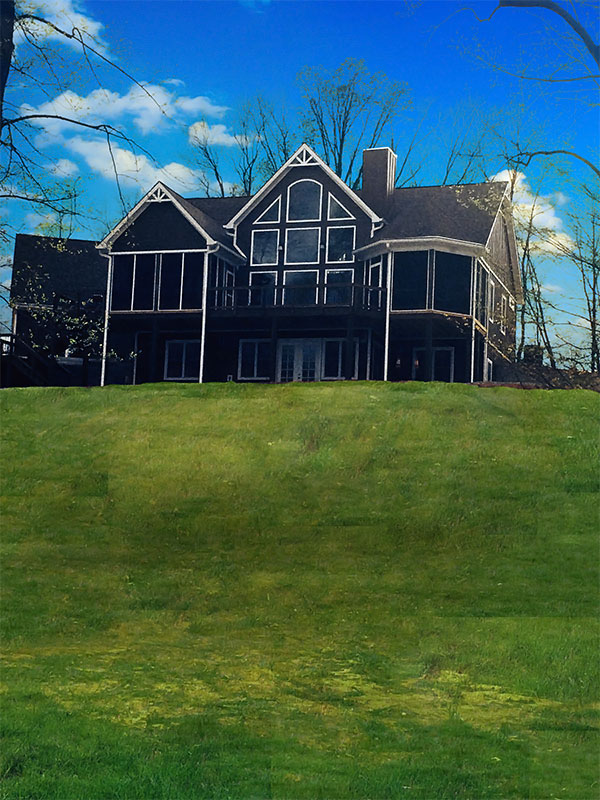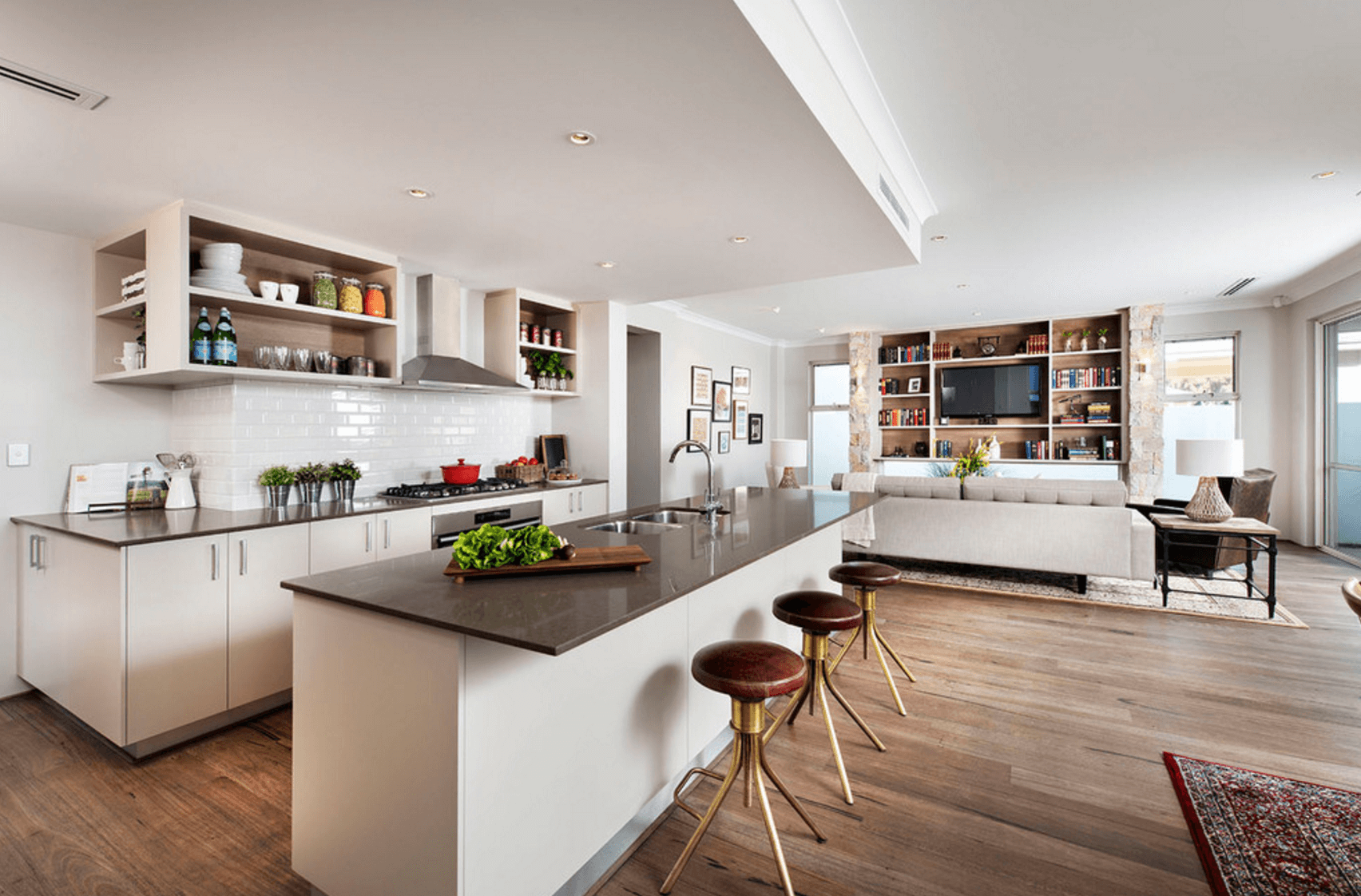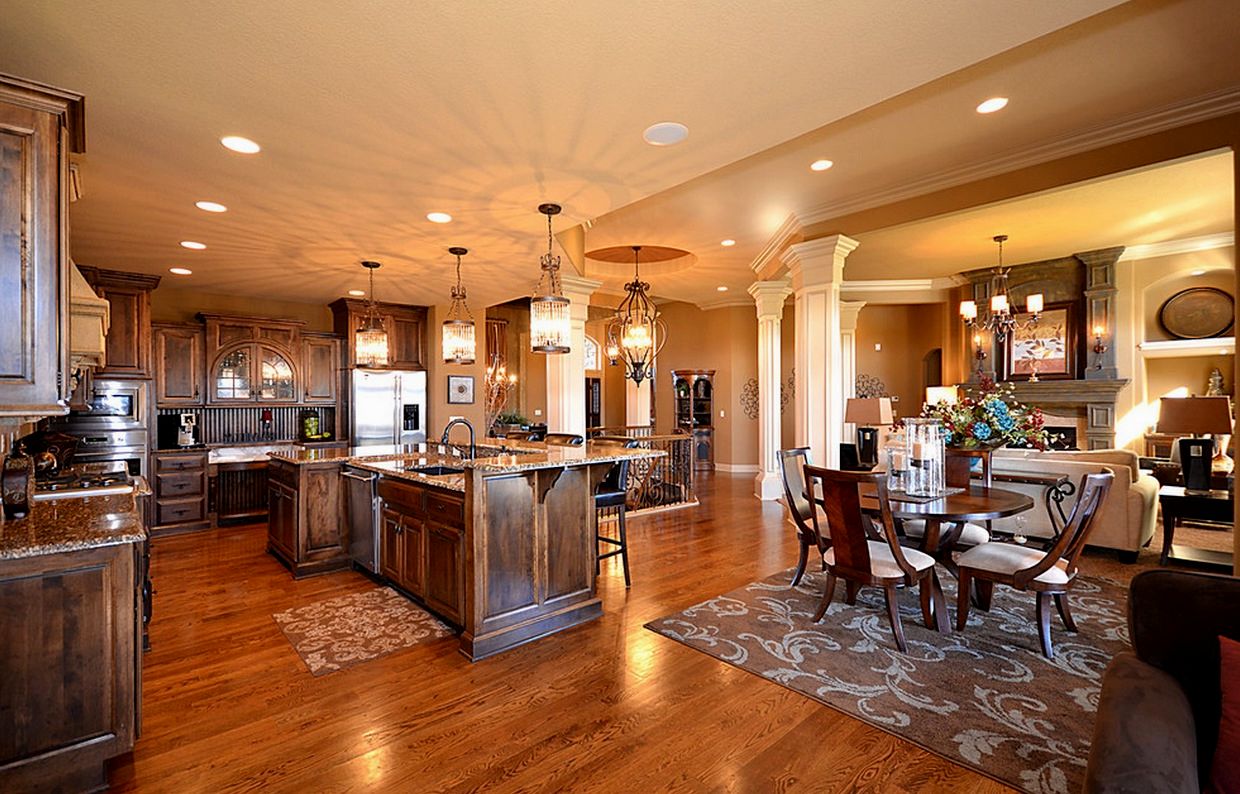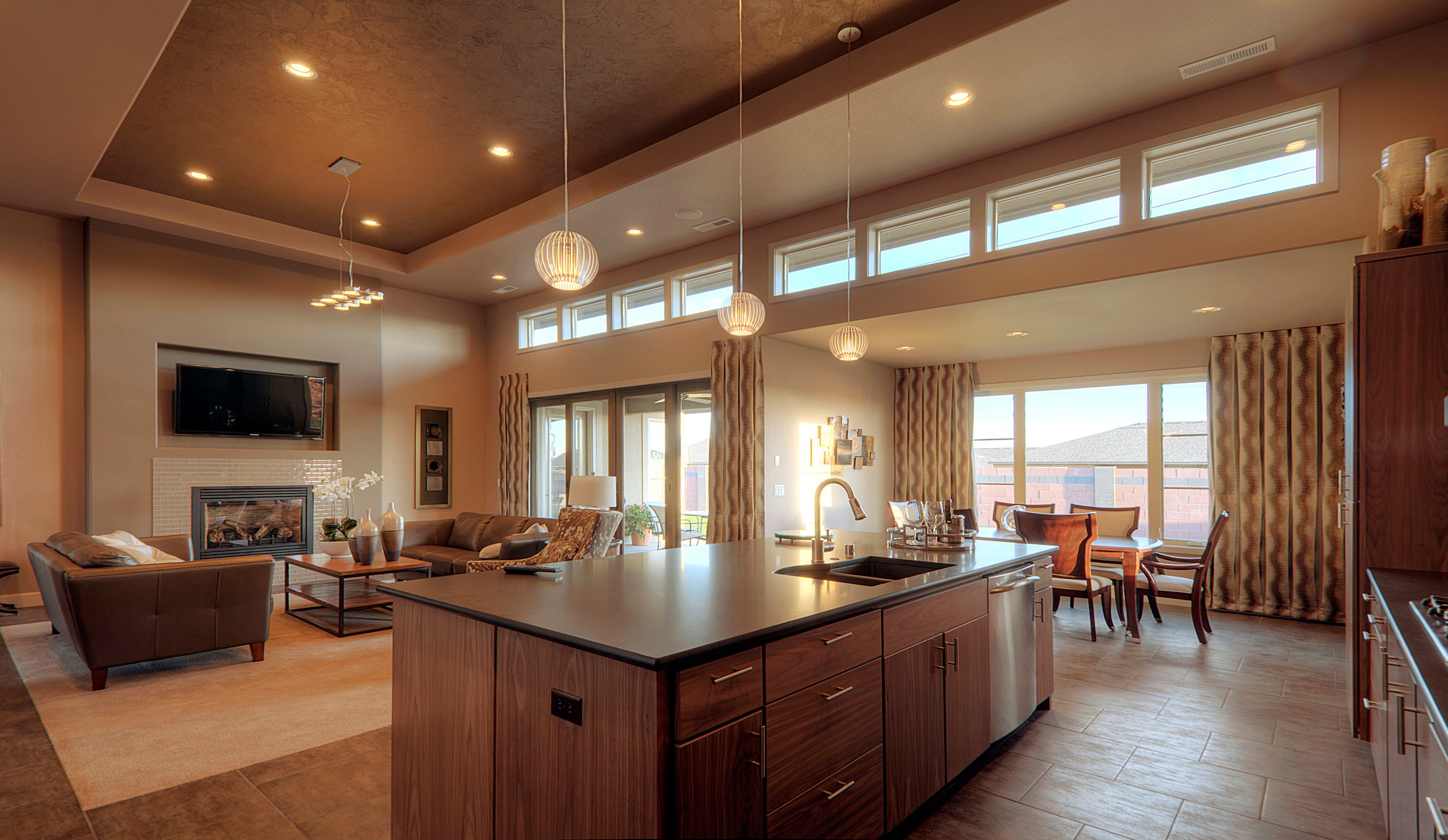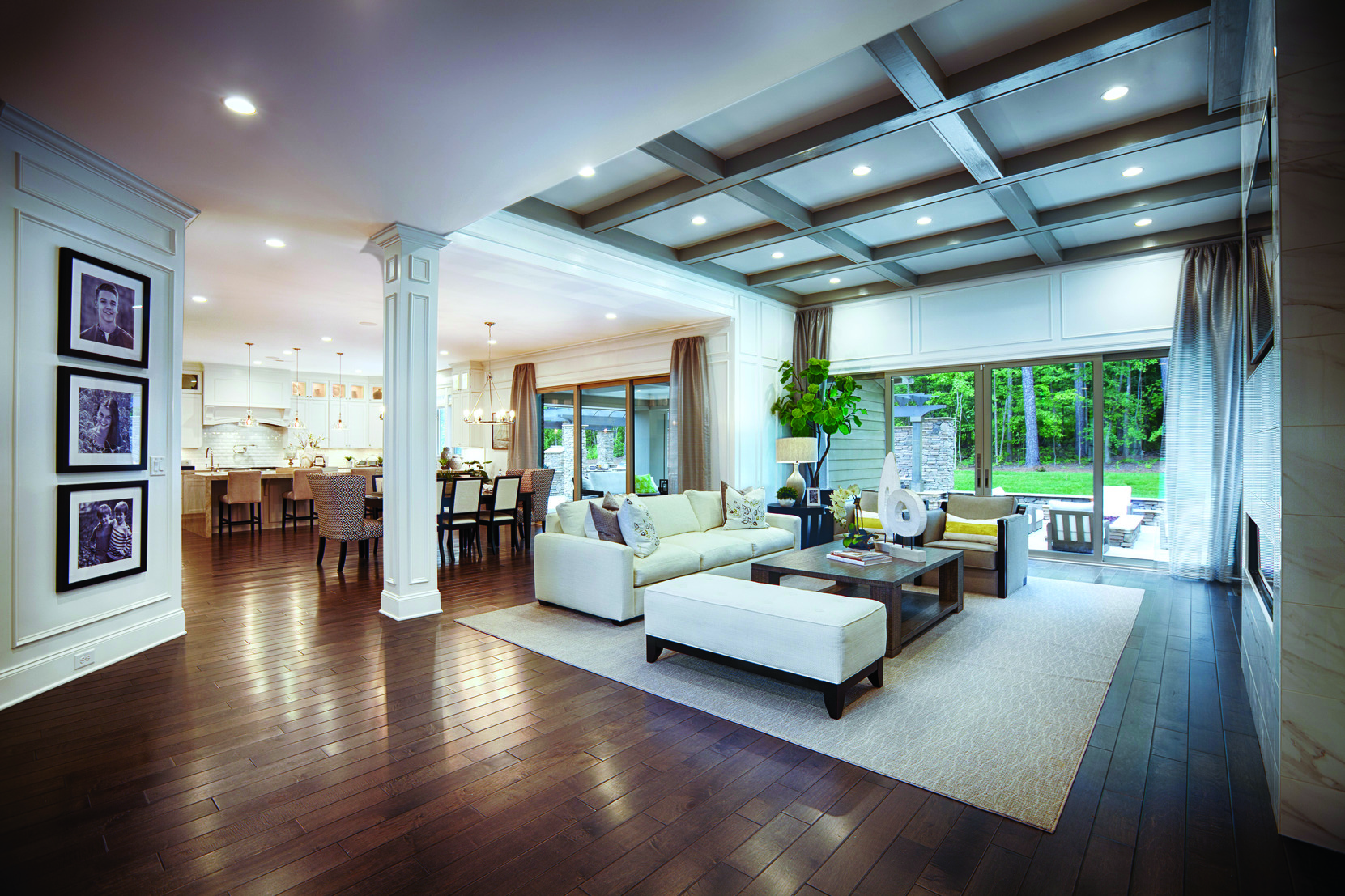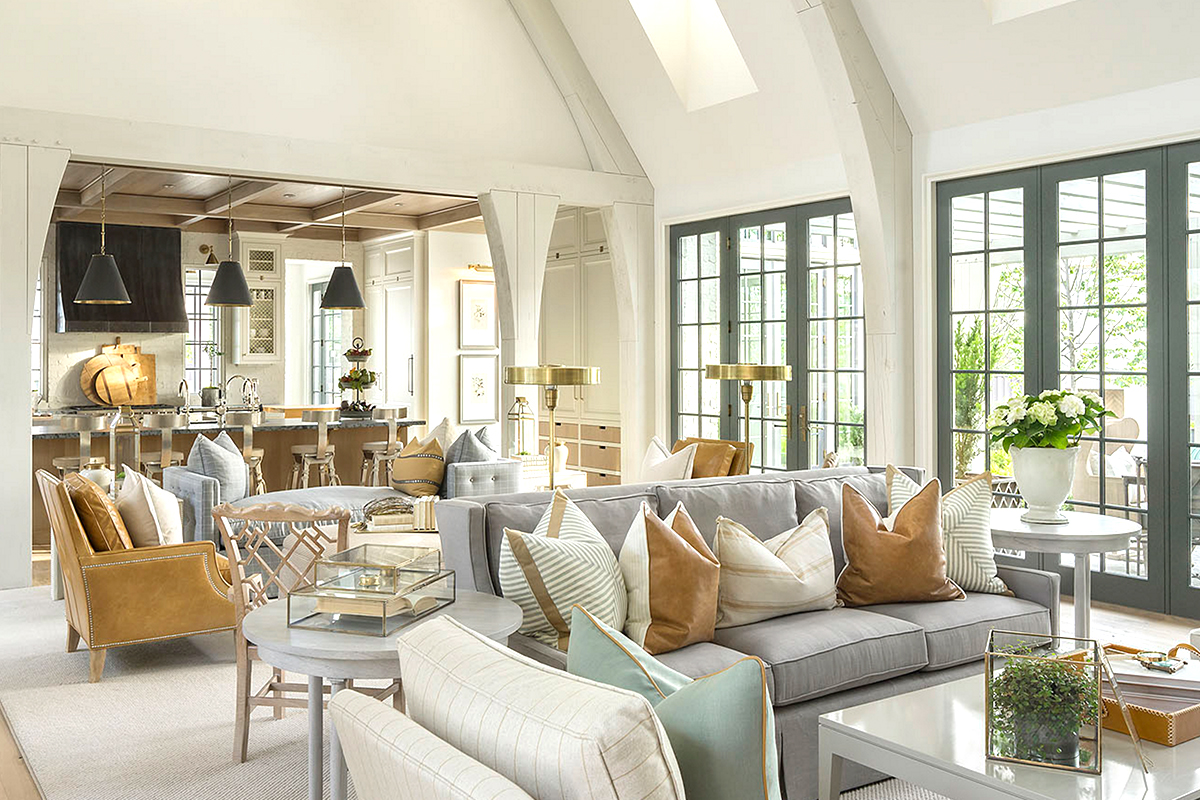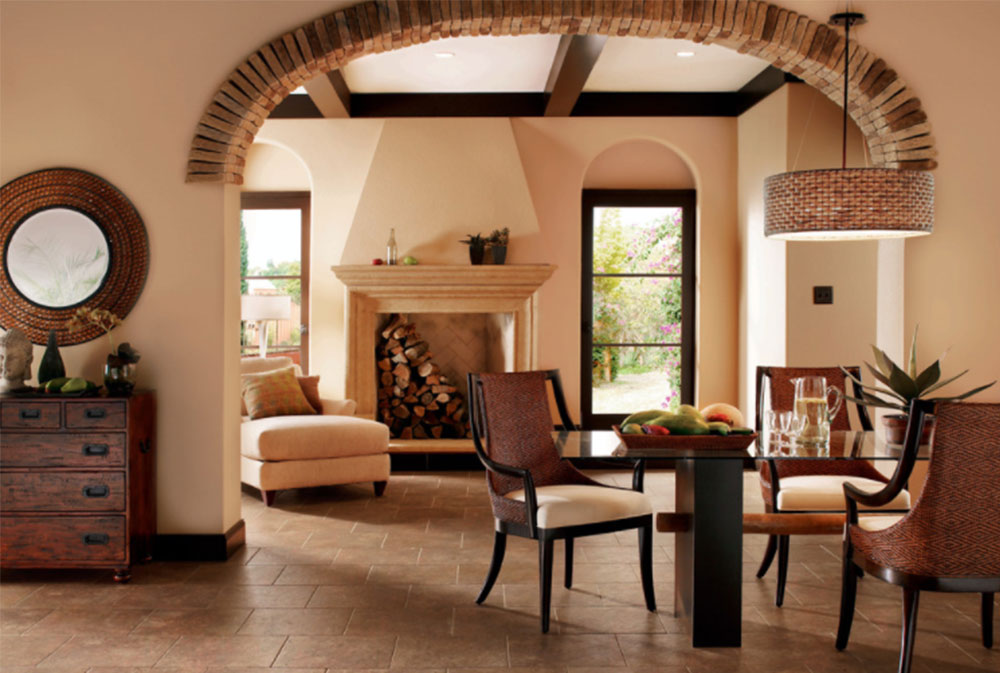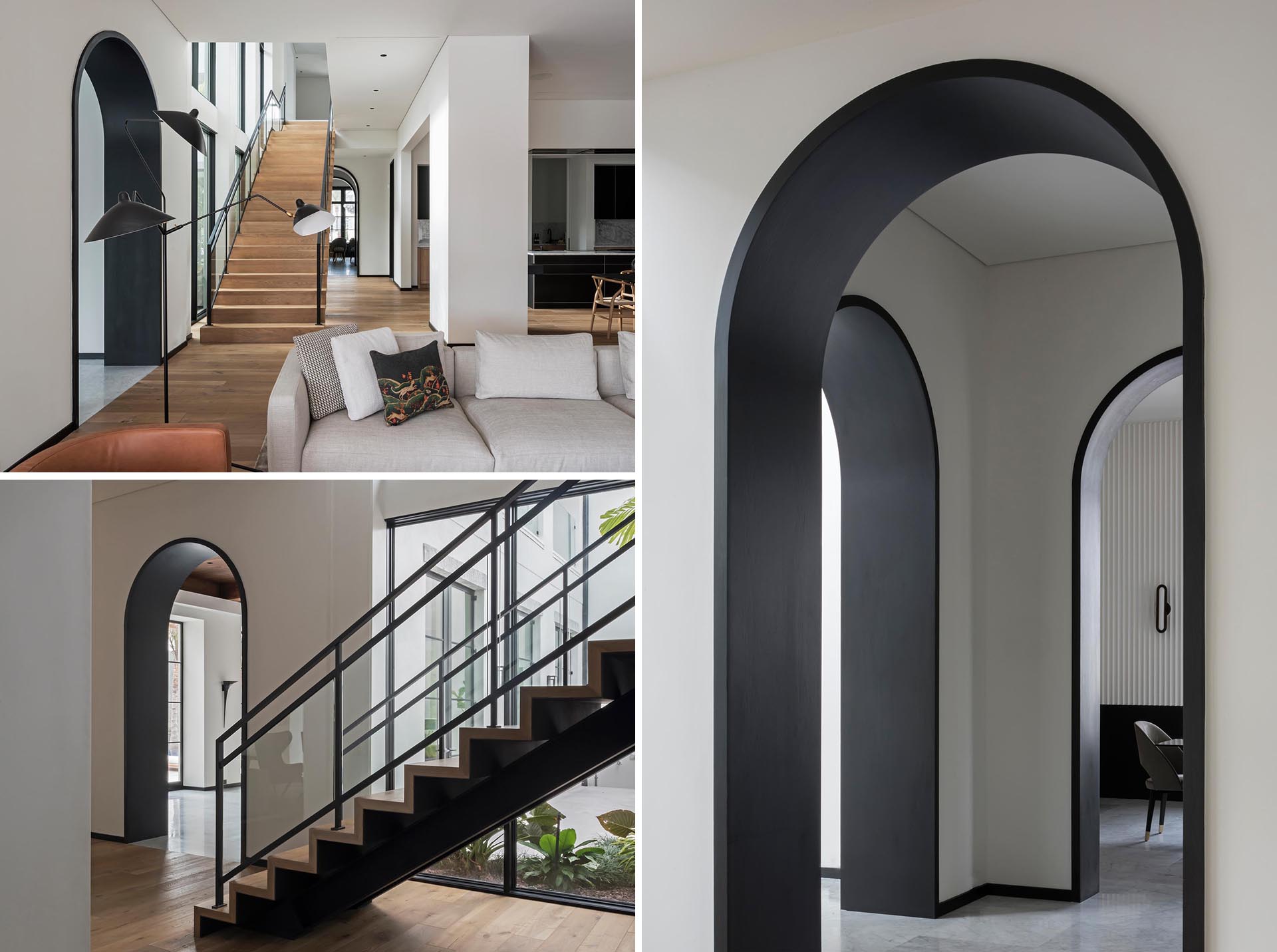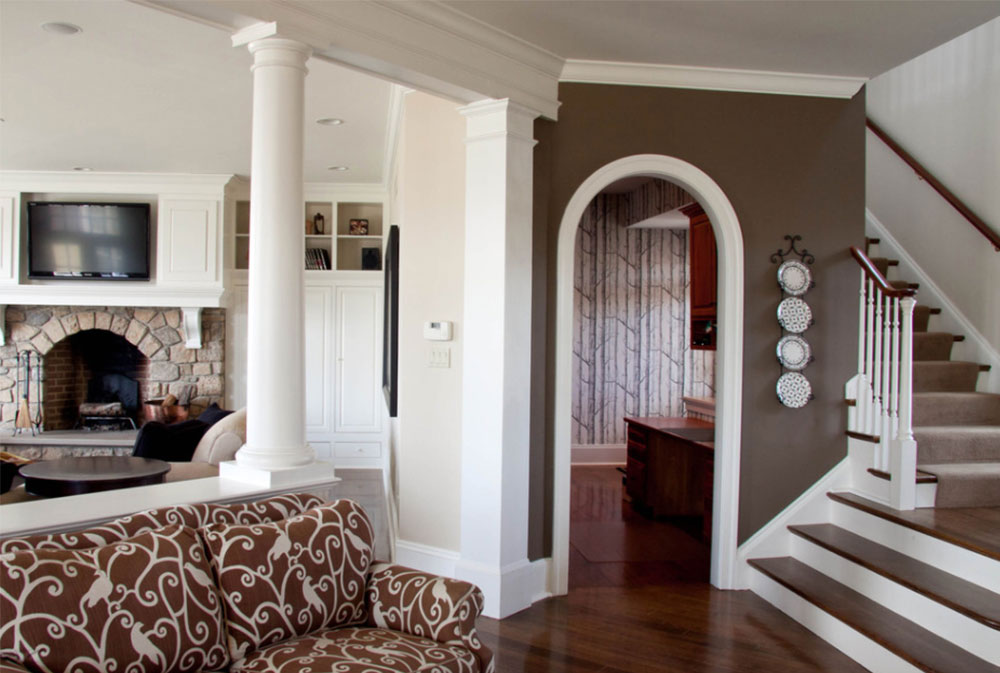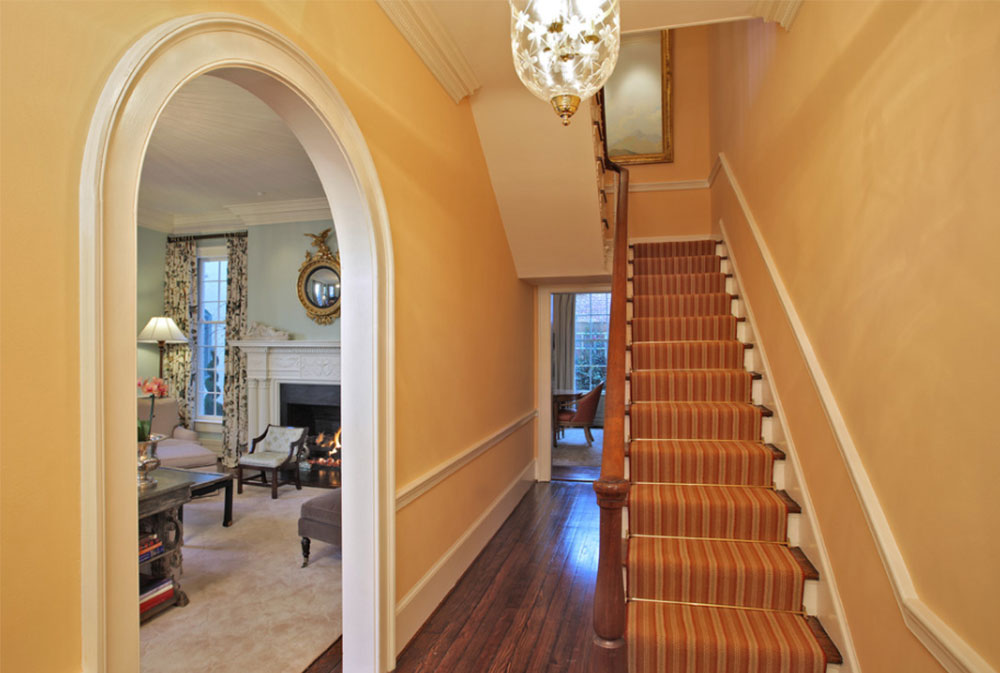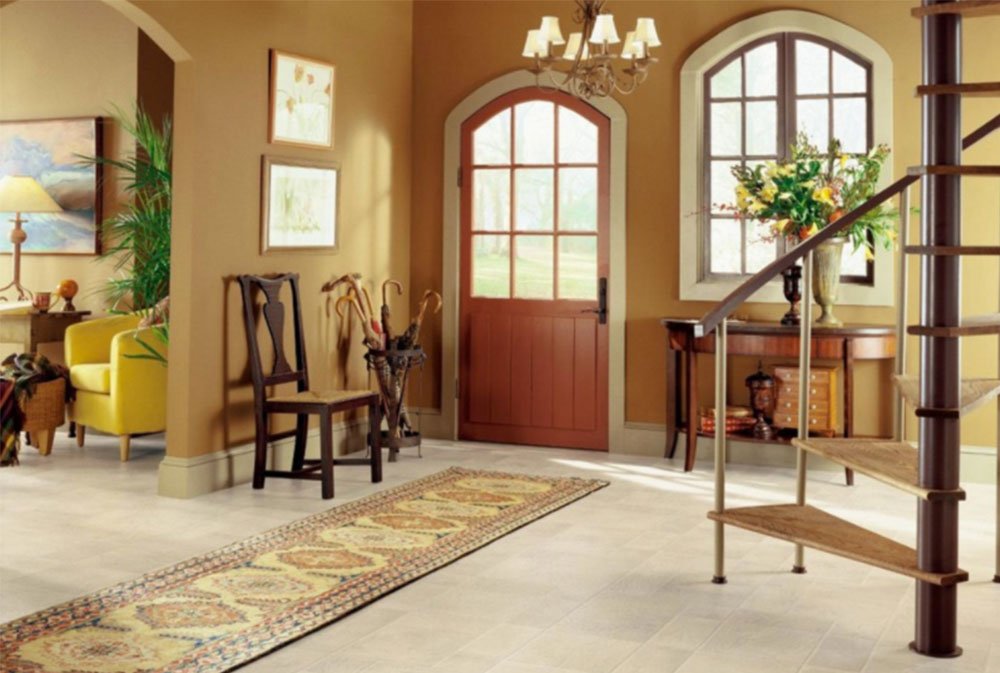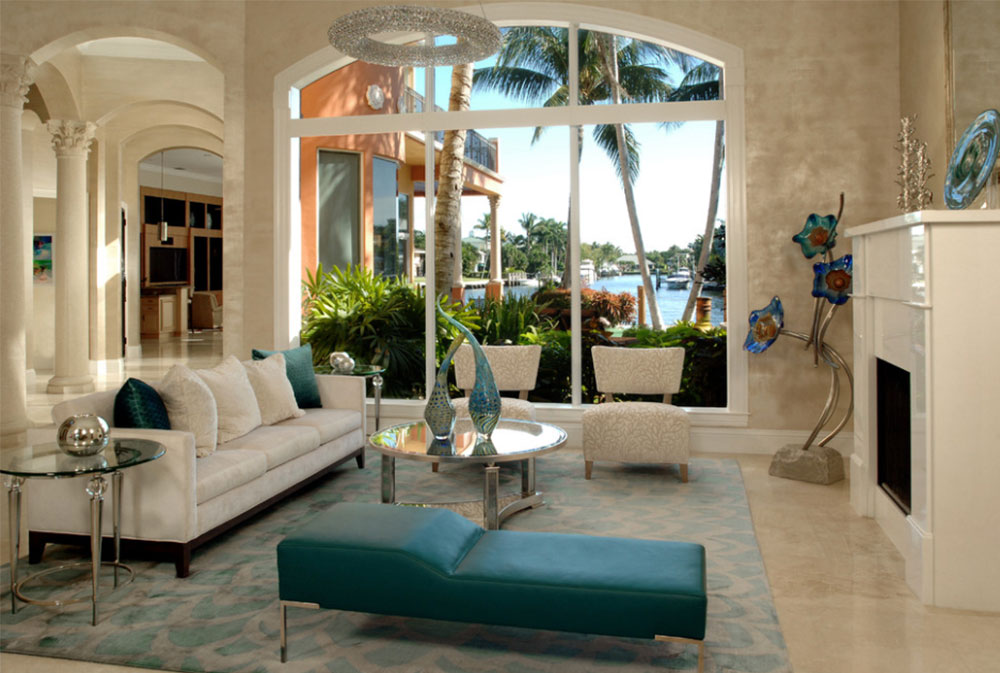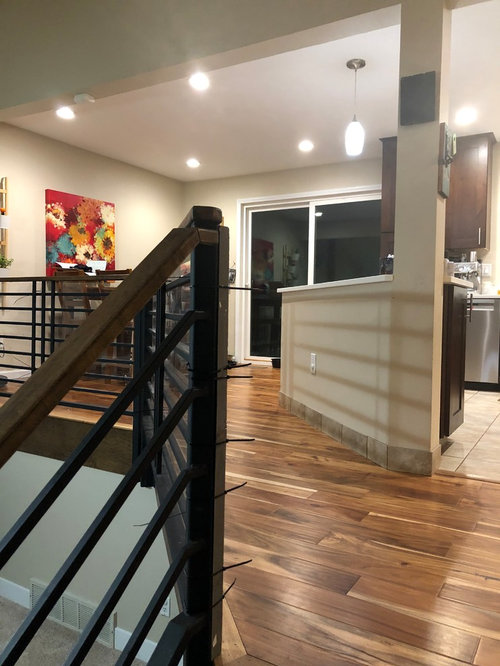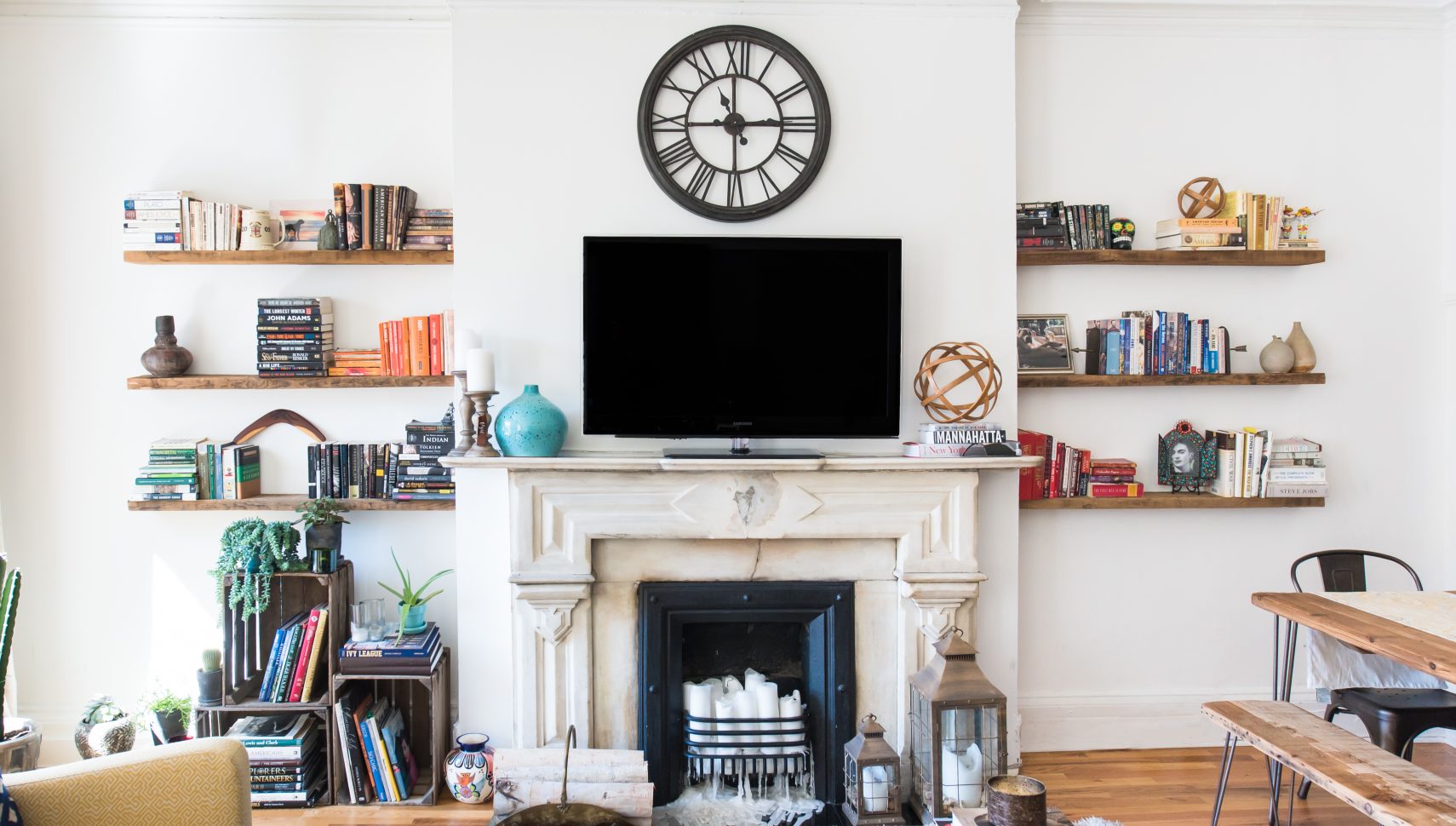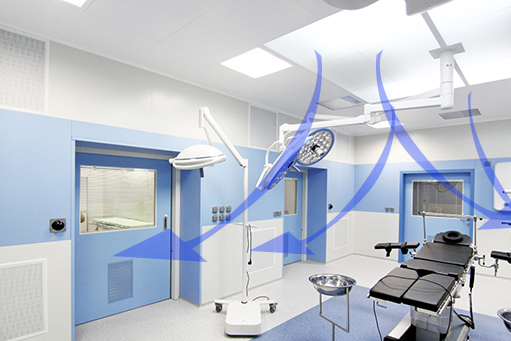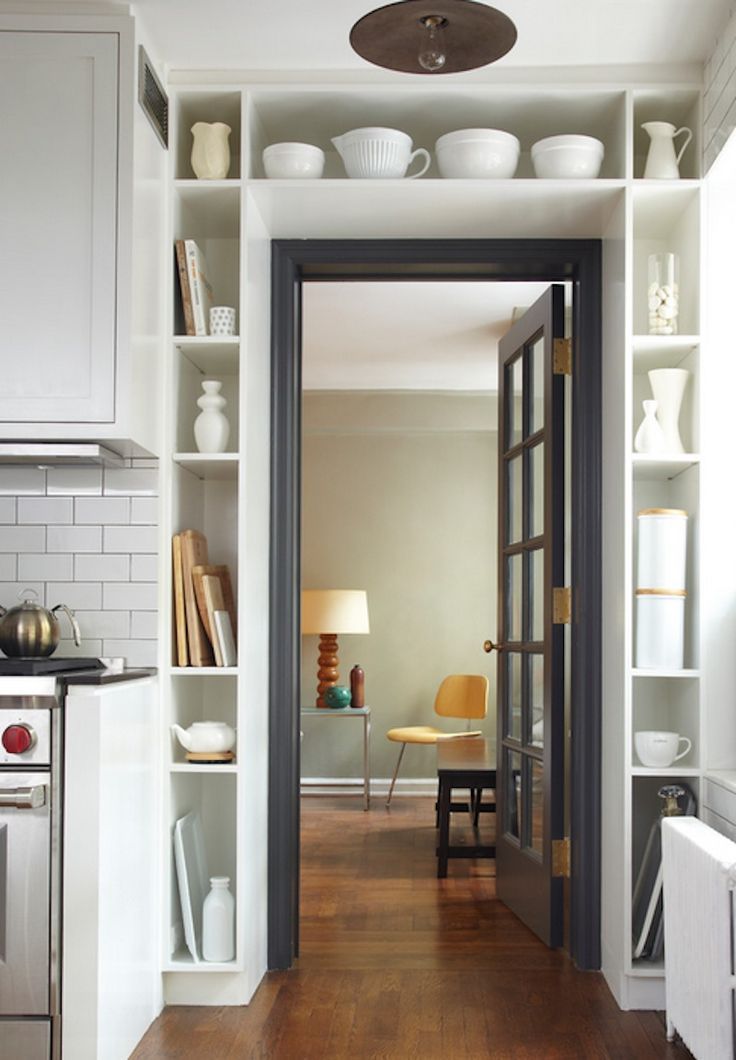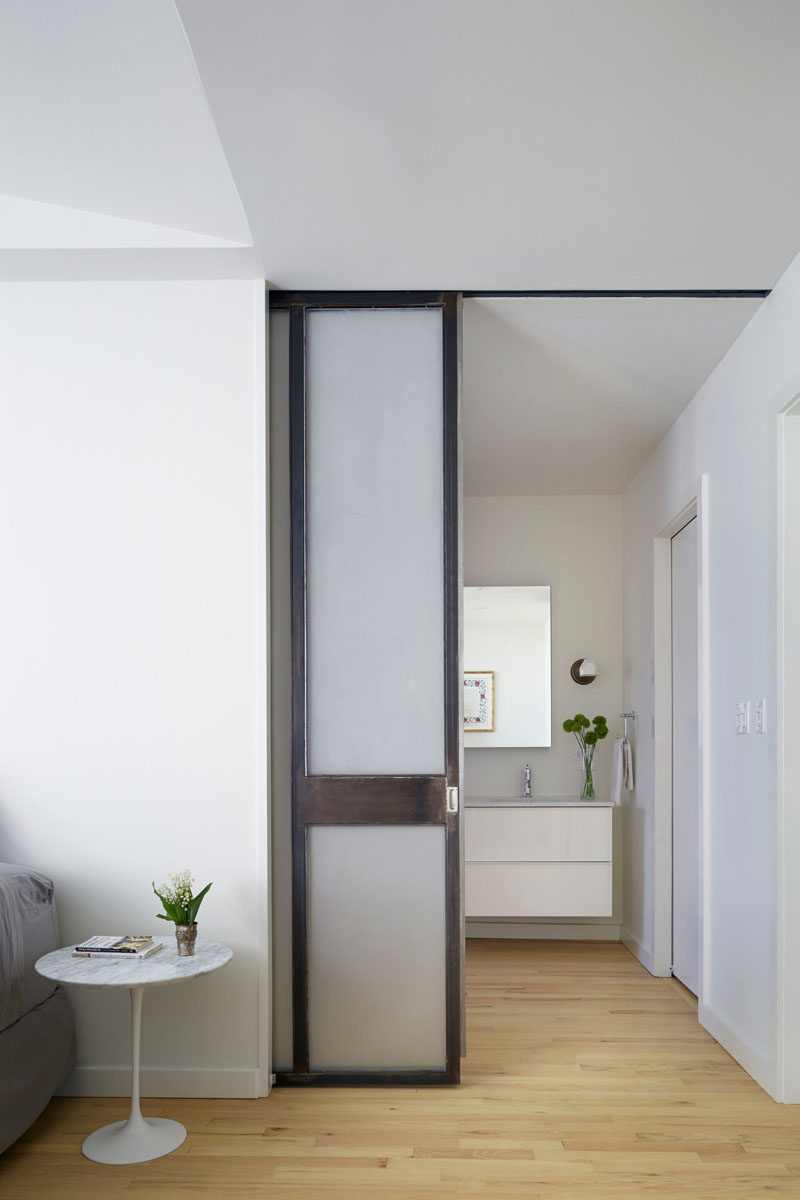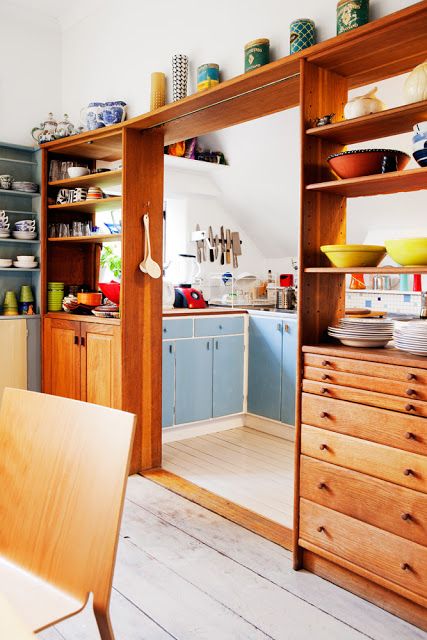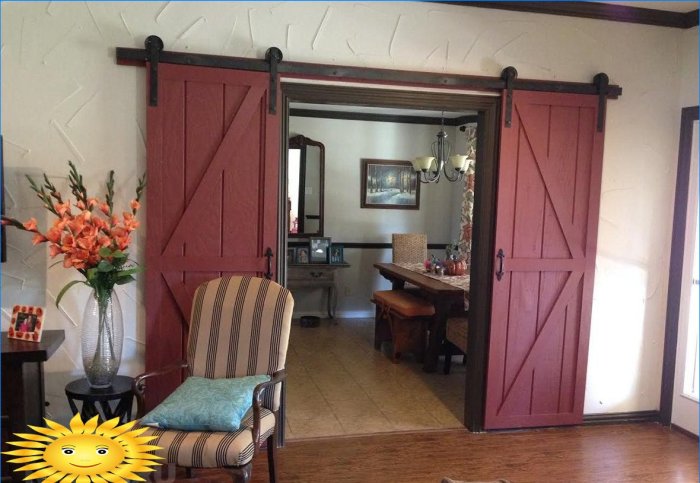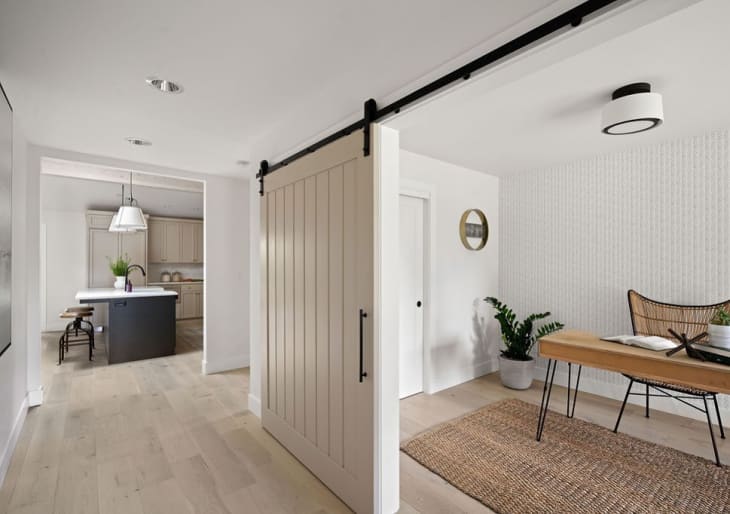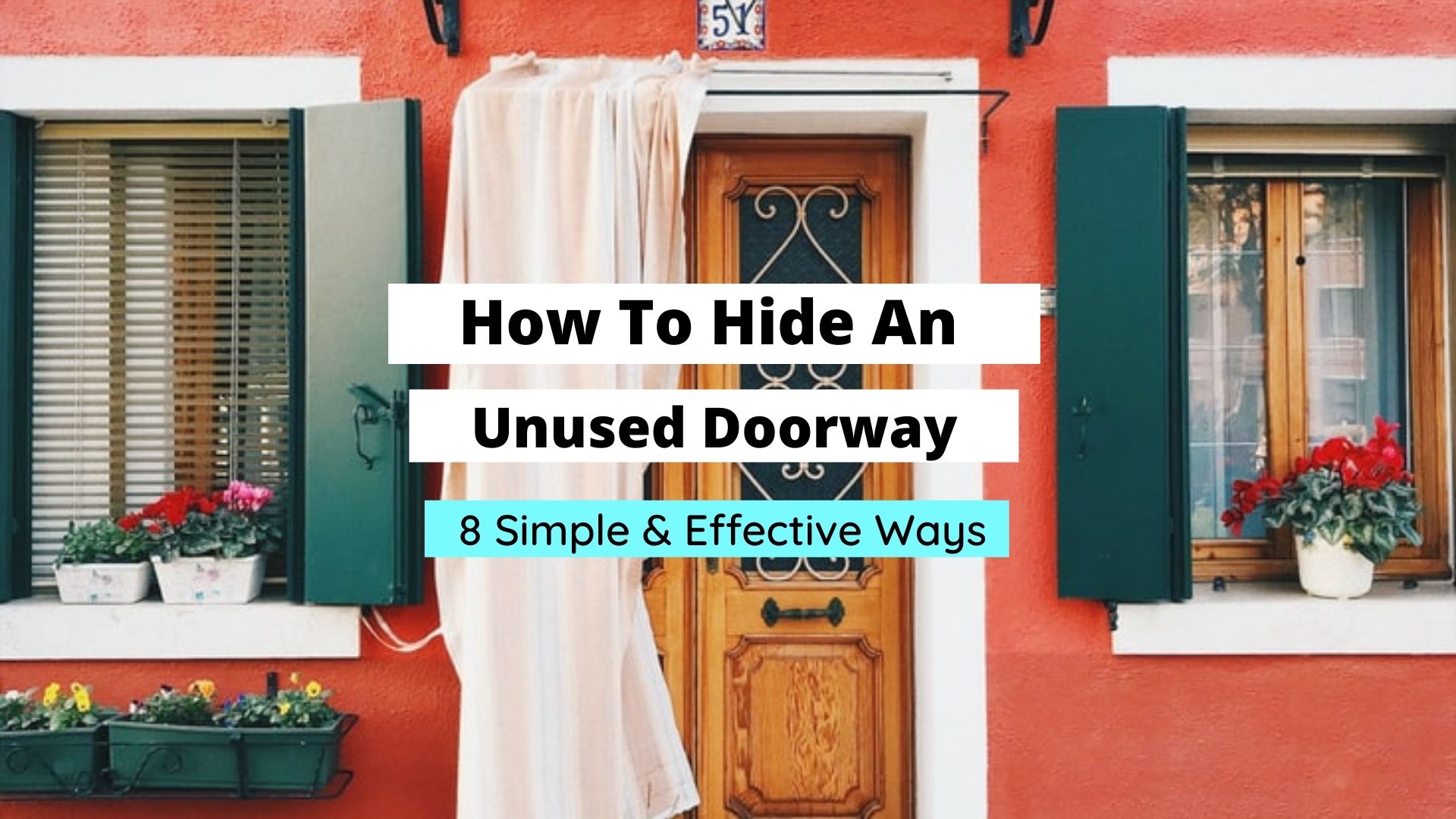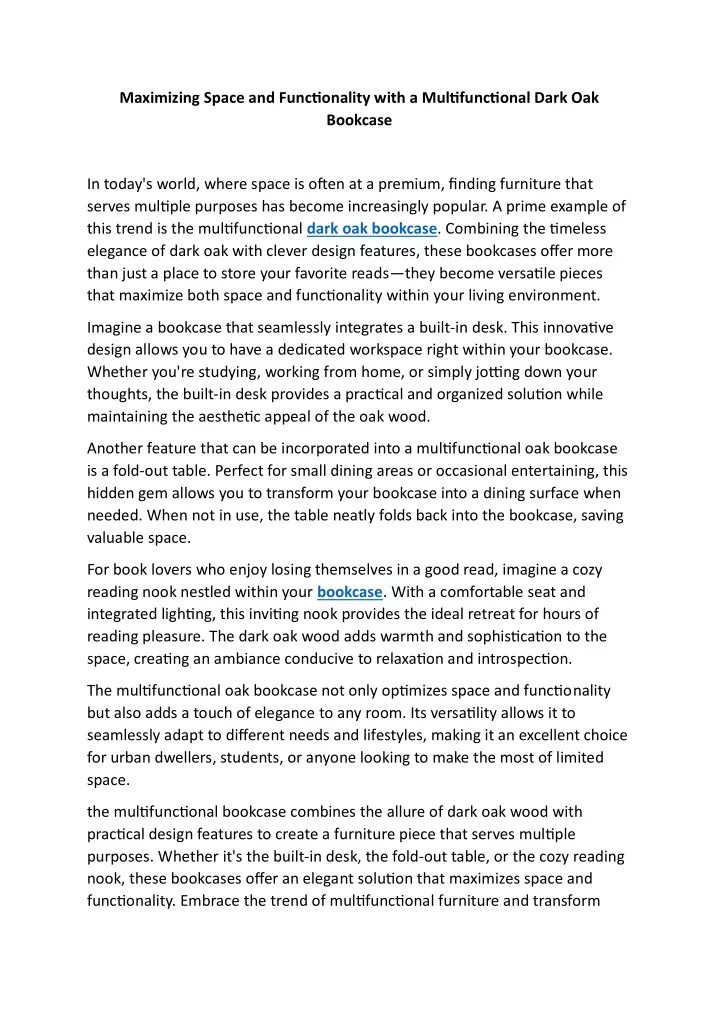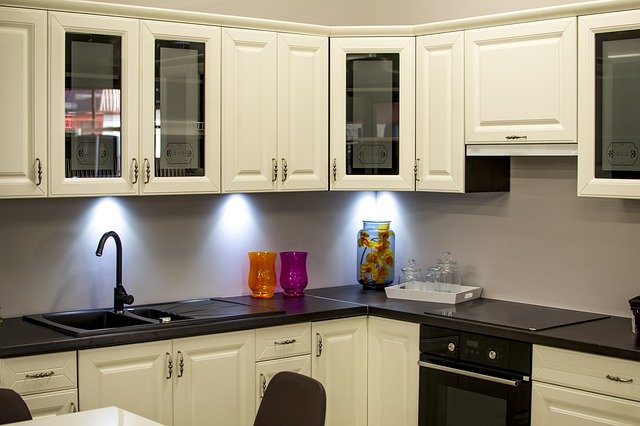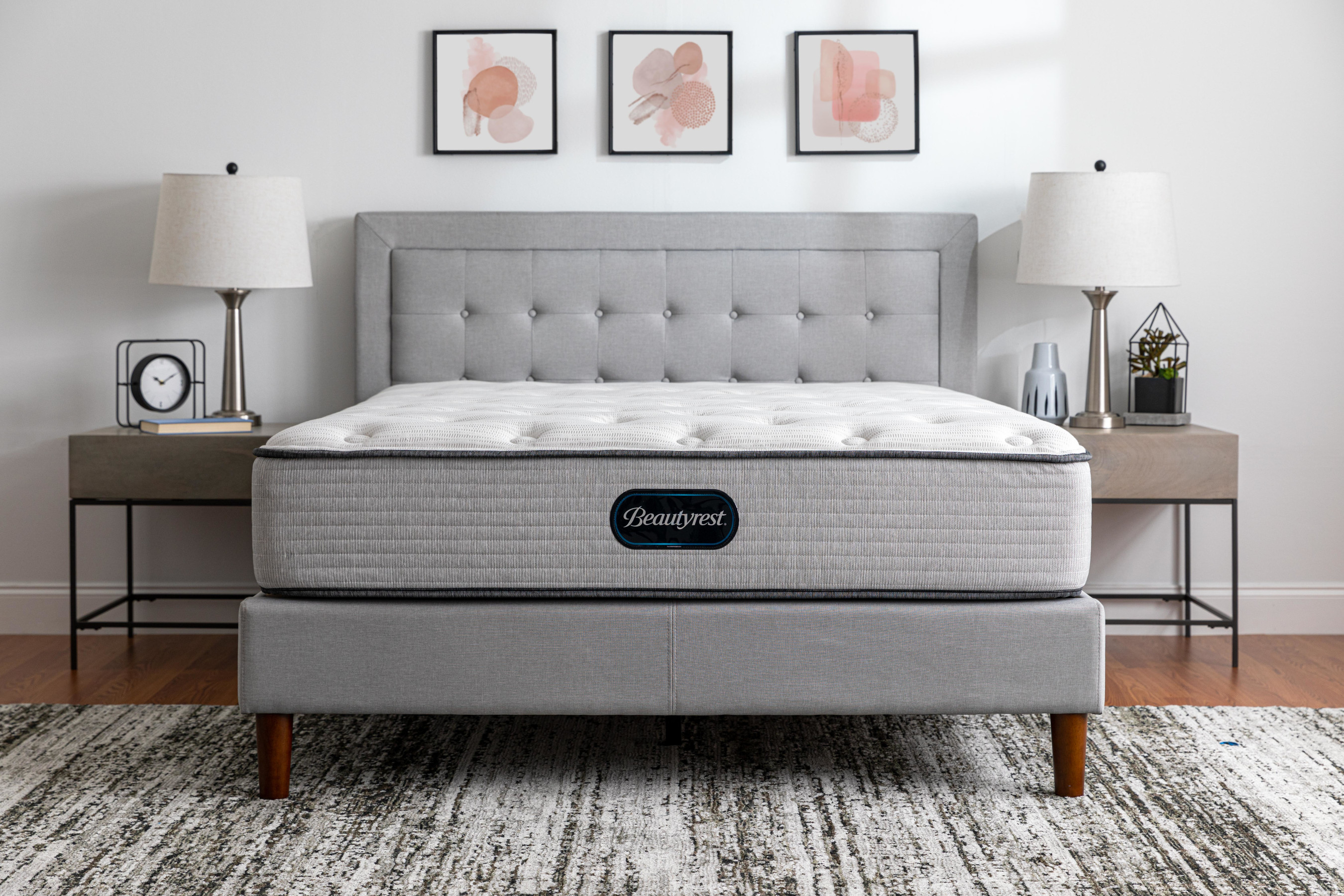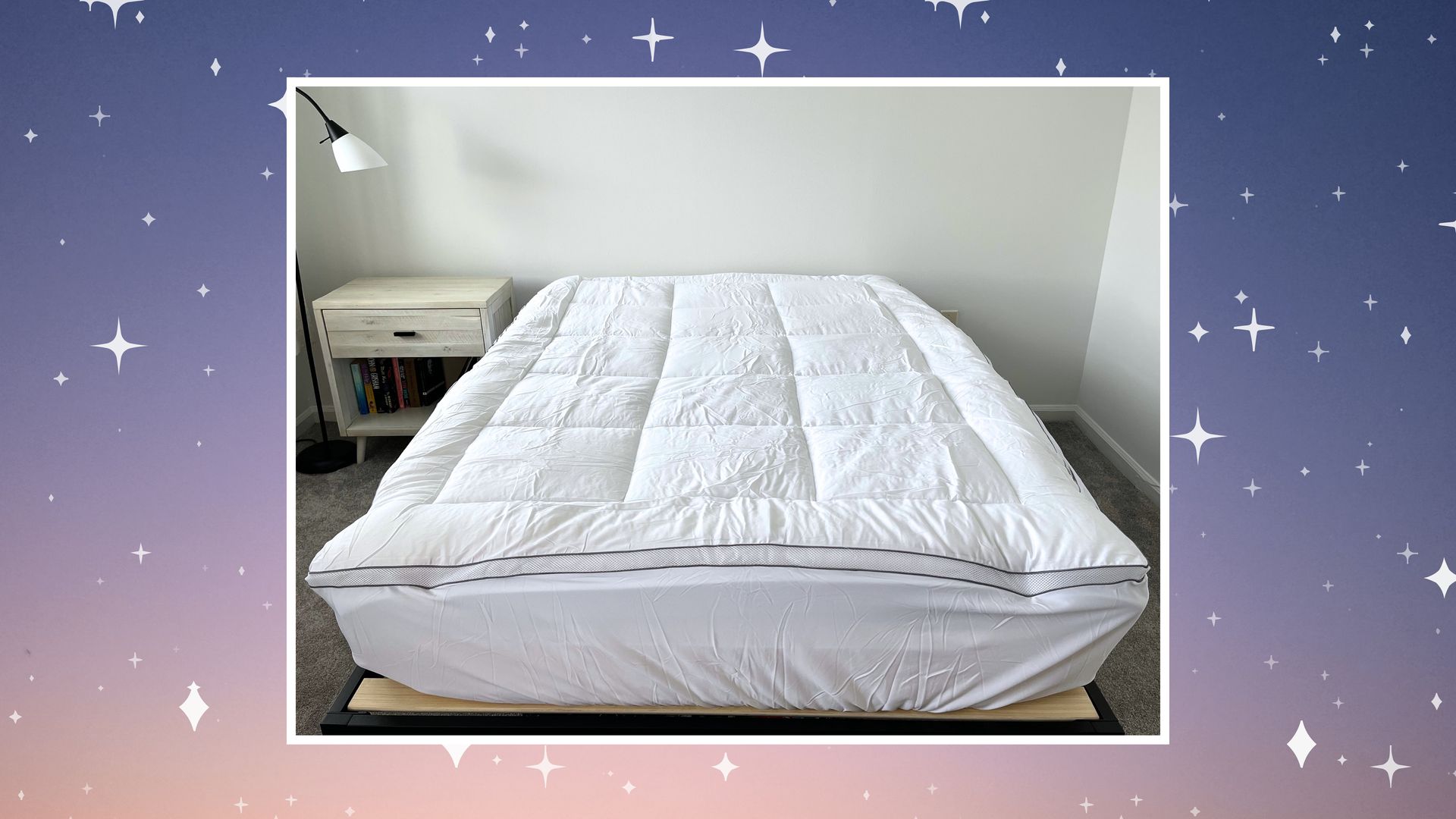Living Room With Too Many Doors
The living room is often considered the heart of the home, a place where family and friends gather to relax and spend time together. But what happens when your living room has too many doors? This common design dilemma can make it challenging to create a cohesive and functional space. Let's explore some ways to work with this issue and make the most out of your living room with too many doors.
Living Room Doors
Doors are a necessary part of any home, providing privacy, security, and separation between rooms. But when it comes to the living room, too many doors can create a disjointed and cluttered look. The first step in tackling this issue is to take a closer look at the doors themselves.
Are they all necessary? Can any be removed or replaced with other types of openings, such as archways or pocket doors? Consider the function of each door and how it affects the flow and layout of the room.
Too Many Doors
If you find that your living room has an excessive number of doors, it may be time to rethink the layout. One solution is to create a more open floor plan by eliminating unnecessary walls and doors. This can create a sense of spaciousness and allow for better flow between rooms.
If removing walls and doors is not an option, there are still ways to make the space feel more cohesive. Consider painting all the doors the same color to create a unified look. You can also add decorative touches, such as molding or trim, to tie the doors together and make them feel like a deliberate design choice.
Living Room Layout
The layout of your living room is crucial when dealing with too many doors. It's essential to find a balance between functionality and aesthetics. Start by creating a focal point in the room, such as a fireplace or TV, and arrange your furniture around it. This will help to anchor the space and create a sense of symmetry.
Next, consider the placement of the doors in relation to your furniture. Avoid placing pieces directly in front of doors, as this can impede the flow and make the room feel cramped. Instead, leave enough space for the doors to open and close without obstruction.
Door Placement
The placement of your doors can also affect the overall flow of the room. If you have multiple doors leading to the same room, consider grouping them together to create a designated entrance. This can also help to create a more defined pathway through the space.
On the other hand, if you have doors leading to different areas of the house, try to create a sense of separation between them. This can be achieved through furniture placement or by using different types of doors, such as a sliding barn door or French doors.
Open Floor Plan
If you have an open floor plan, it's essential to consider how the doors affect the flow between rooms. One solution is to use curtains or sliding panels to cover the doors when not in use. This can help to create a seamless transition between spaces and make the living room feel less cluttered.
You can also use furniture to create a sense of separation between rooms. For example, a sofa or bookshelf can act as a visual barrier between the living room and dining area.
Doorway Design
In some cases, the actual design of the doorway can make a big difference in the overall look and feel of the living room. If you have a small room, consider using a pocket door or a sliding door to save space. These types of doors also eliminate the need for swing space, making it easier to arrange furniture.
For larger rooms, consider using double doors or French doors to create a grand entrance. These types of doors can also bring in more natural light and make the space feel more open.
Room Flow
The flow of your living room is crucial for creating a comfortable and functional space. Too many doors can disrupt the flow and make it challenging to navigate through the room. To counter this, try to create a clear pathway through the room and avoid blocking doors with furniture.
You can also use rugs to define different areas of the living room and create a sense of separation. Just make sure that the rugs are not too large or too small for the space.
Doorway Solutions
If you're still struggling with too many doors in your living room, there are a few more solutions you can try. One option is to install frosted or opaque glass on the doors to create a sense of privacy while still allowing light to pass through.
You can also use decorative screens or room dividers to create a visual barrier between the doors and the rest of the room. This can add texture and interest to the space while also providing some privacy.
Maximizing Space
Finally, when dealing with a living room with too many doors, it's essential to maximize the available space. This means using every inch of the room to its full potential. Consider incorporating built-in shelves or cabinets around the doors to add storage and display space.
You can also use the doors themselves as functional elements in the room. For example, a closet door can be turned into a chalkboard or corkboard for notes and reminders.
Dealing with a living room with too many doors can be a challenge, but with some creative thinking and strategic design choices, you can turn it into a functional and stylish space. By considering the placement, design, and flow of the doors, you can create a cohesive and inviting living room that you and your guests will love.
The Challenge of Having Too Many Doors in Your Living Room

Struggling with a Common Design Dilemma
 If you have ever walked into a living room and immediately felt overwhelmed by the number of doors, you are not alone. Many homeowners face the challenge of designing a functional and aesthetically pleasing living room with too many doors. Whether it's a front door, back door, sliding door, or French doors, it can be difficult to figure out how to incorporate them all into the overall design of the room. The key is to find the right balance between functionality and style.
Doors
are an important part of any home, serving as entry and exit points and providing privacy and security. However, when there are too many doors in a
living room
, it can disrupt the flow of the space and make it feel cluttered and chaotic. This can be especially challenging in smaller living rooms, where every inch of space matters. So how can you effectively design a living room with too many doors? Keep reading to find out.
If you have ever walked into a living room and immediately felt overwhelmed by the number of doors, you are not alone. Many homeowners face the challenge of designing a functional and aesthetically pleasing living room with too many doors. Whether it's a front door, back door, sliding door, or French doors, it can be difficult to figure out how to incorporate them all into the overall design of the room. The key is to find the right balance between functionality and style.
Doors
are an important part of any home, serving as entry and exit points and providing privacy and security. However, when there are too many doors in a
living room
, it can disrupt the flow of the space and make it feel cluttered and chaotic. This can be especially challenging in smaller living rooms, where every inch of space matters. So how can you effectively design a living room with too many doors? Keep reading to find out.
Assess the Functionality of Each Door
 The first step in dealing with too many doors in your living room is to assess the functionality of each door. Consider which doors are necessary for entry and exit, and which ones are rarely used. If there are doors that can be removed or relocated, it may be worth considering as it can open up more space and make the room feel less cluttered.
The first step in dealing with too many doors in your living room is to assess the functionality of each door. Consider which doors are necessary for entry and exit, and which ones are rarely used. If there are doors that can be removed or relocated, it may be worth considering as it can open up more space and make the room feel less cluttered.
Opt for Pocket or Barn Doors
 If removing or relocating doors is not an option, consider replacing traditional swinging doors with
pocket
or
barn
doors. These types of doors slide into the wall or along a track, saving space and eliminating the need for clearance for a swinging door. This can be especially useful for doors that lead to smaller, less frequently used areas, such as a laundry room or pantry.
If removing or relocating doors is not an option, consider replacing traditional swinging doors with
pocket
or
barn
doors. These types of doors slide into the wall or along a track, saving space and eliminating the need for clearance for a swinging door. This can be especially useful for doors that lead to smaller, less frequently used areas, such as a laundry room or pantry.
Use Doors as a Design Element
 Instead of trying to hide or minimize the number of doors in your living room, embrace them as a design element. Incorporate the doors into the overall design of the room by choosing door styles that complement the rest of the space. For example, if you have French doors leading to your backyard, consider adding outdoor elements into your living room decor to create a cohesive look.
Instead of trying to hide or minimize the number of doors in your living room, embrace them as a design element. Incorporate the doors into the overall design of the room by choosing door styles that complement the rest of the space. For example, if you have French doors leading to your backyard, consider adding outdoor elements into your living room decor to create a cohesive look.
Maximize Wall Space
 With multiple doors in a living room, it's important to maximize the remaining wall space for functional and decorative purposes. This can be done by adding built-in shelves or cabinets, hanging artwork or mirrors, or creating a gallery wall. This not only adds visual interest to the room but also helps to balance out the number of doors.
With multiple doors in a living room, it's important to maximize the remaining wall space for functional and decorative purposes. This can be done by adding built-in shelves or cabinets, hanging artwork or mirrors, or creating a gallery wall. This not only adds visual interest to the room but also helps to balance out the number of doors.
Final Thoughts
 Having too many doors in a living room may seem like a design dilemma, but with the right approach, it can actually be a unique and interesting feature. By assessing the functionality of each door, considering alternative door styles, and incorporating them into the overall design, you can create a functional and visually appealing living room, no matter how many doors it may have.
Having too many doors in a living room may seem like a design dilemma, but with the right approach, it can actually be a unique and interesting feature. By assessing the functionality of each door, considering alternative door styles, and incorporating them into the overall design, you can create a functional and visually appealing living room, no matter how many doors it may have.









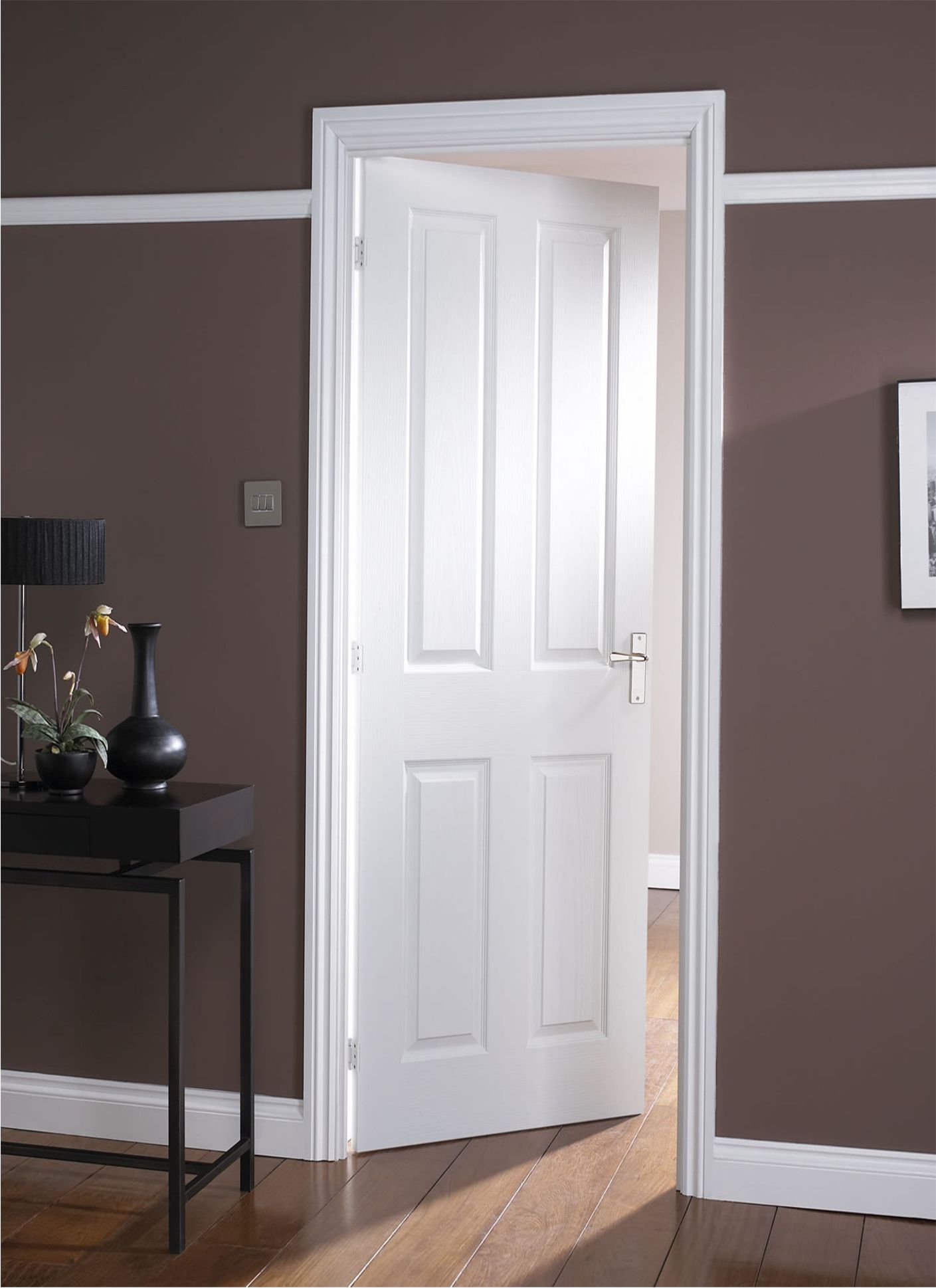
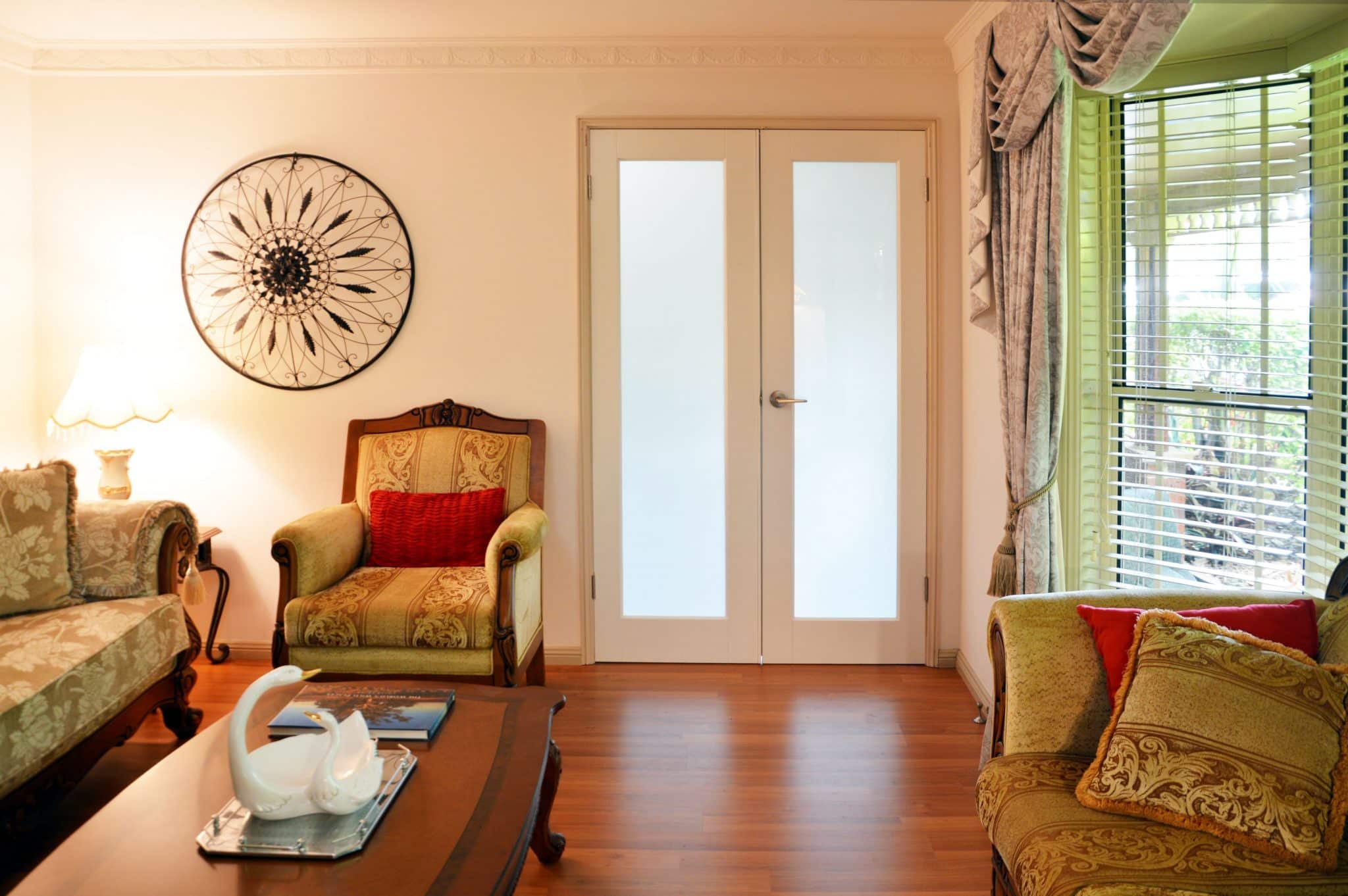
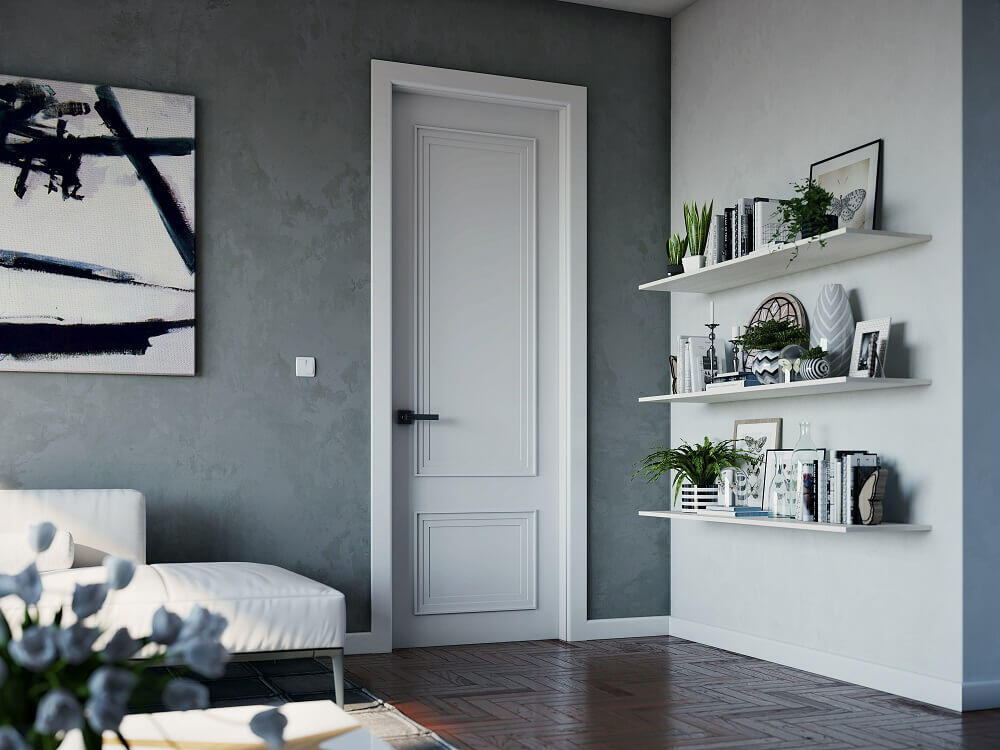
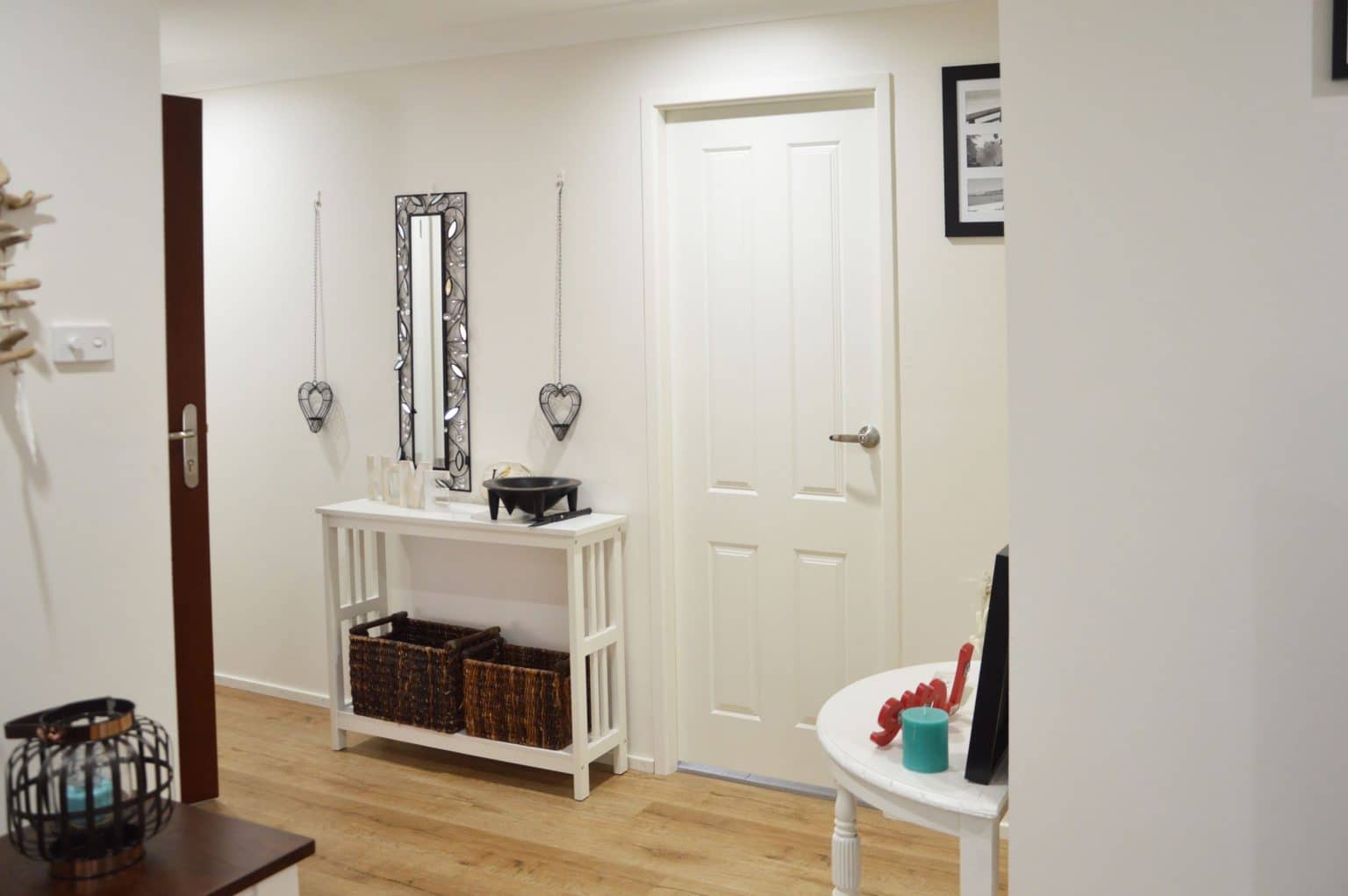
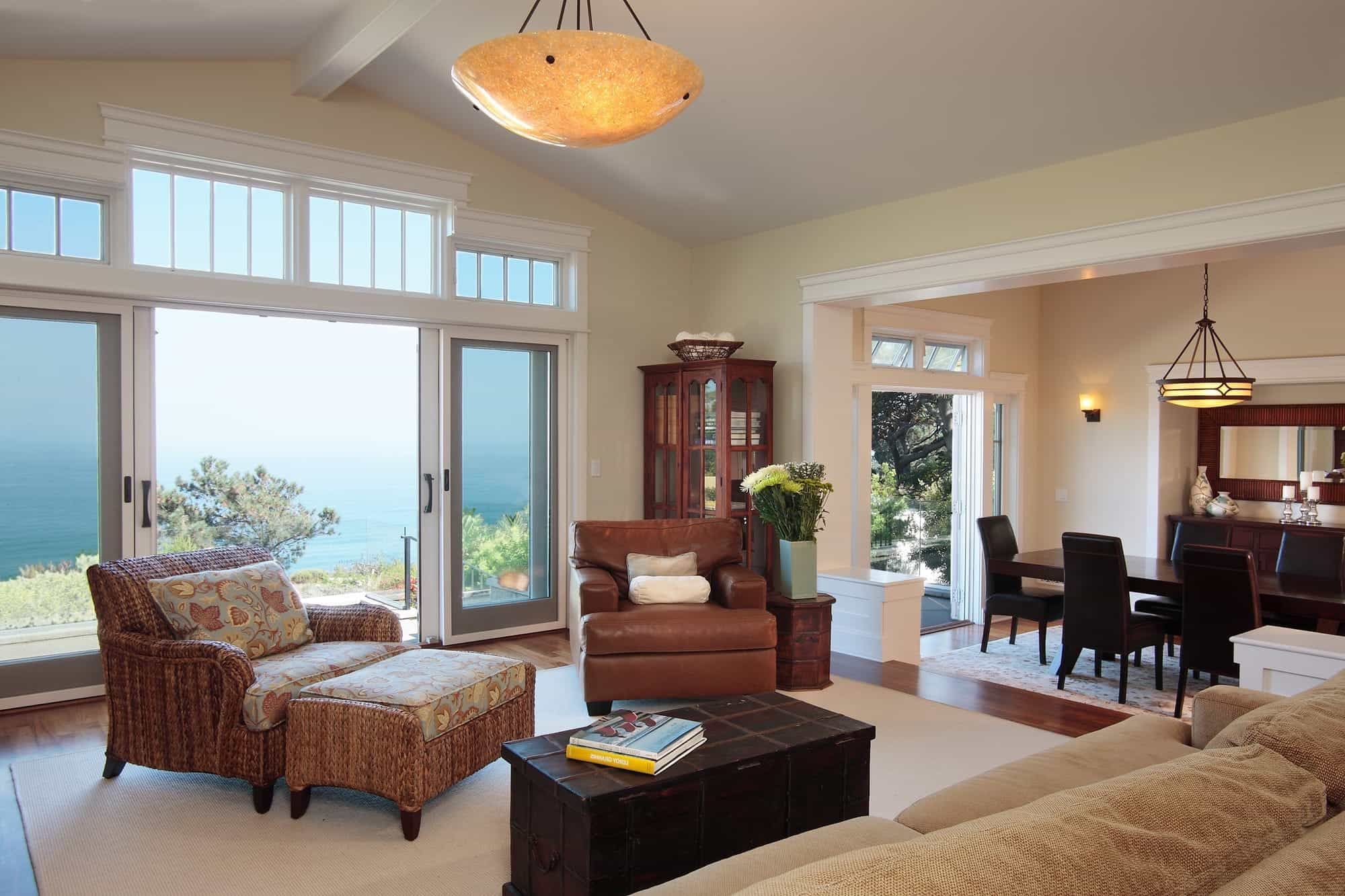














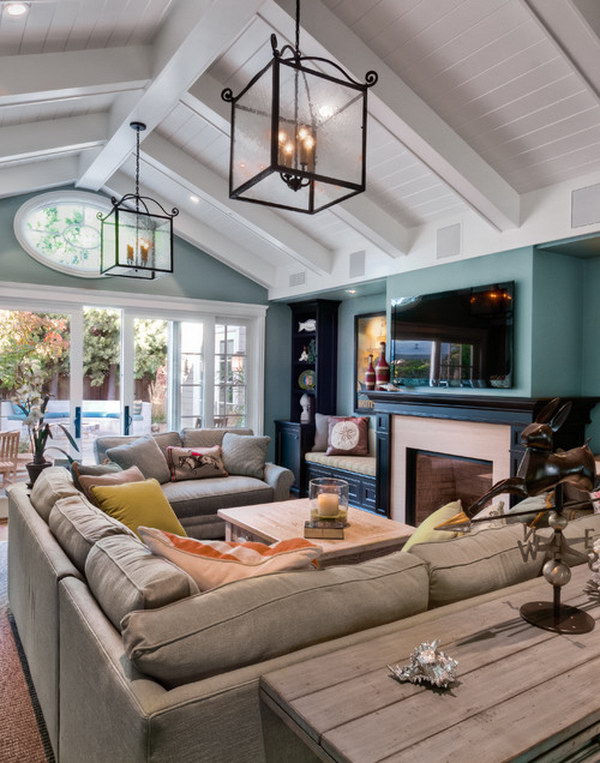
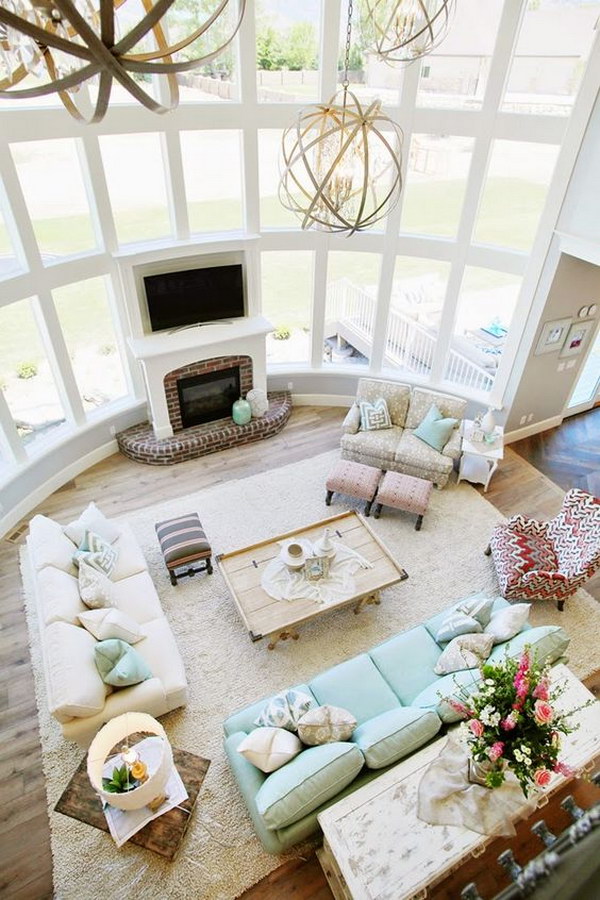


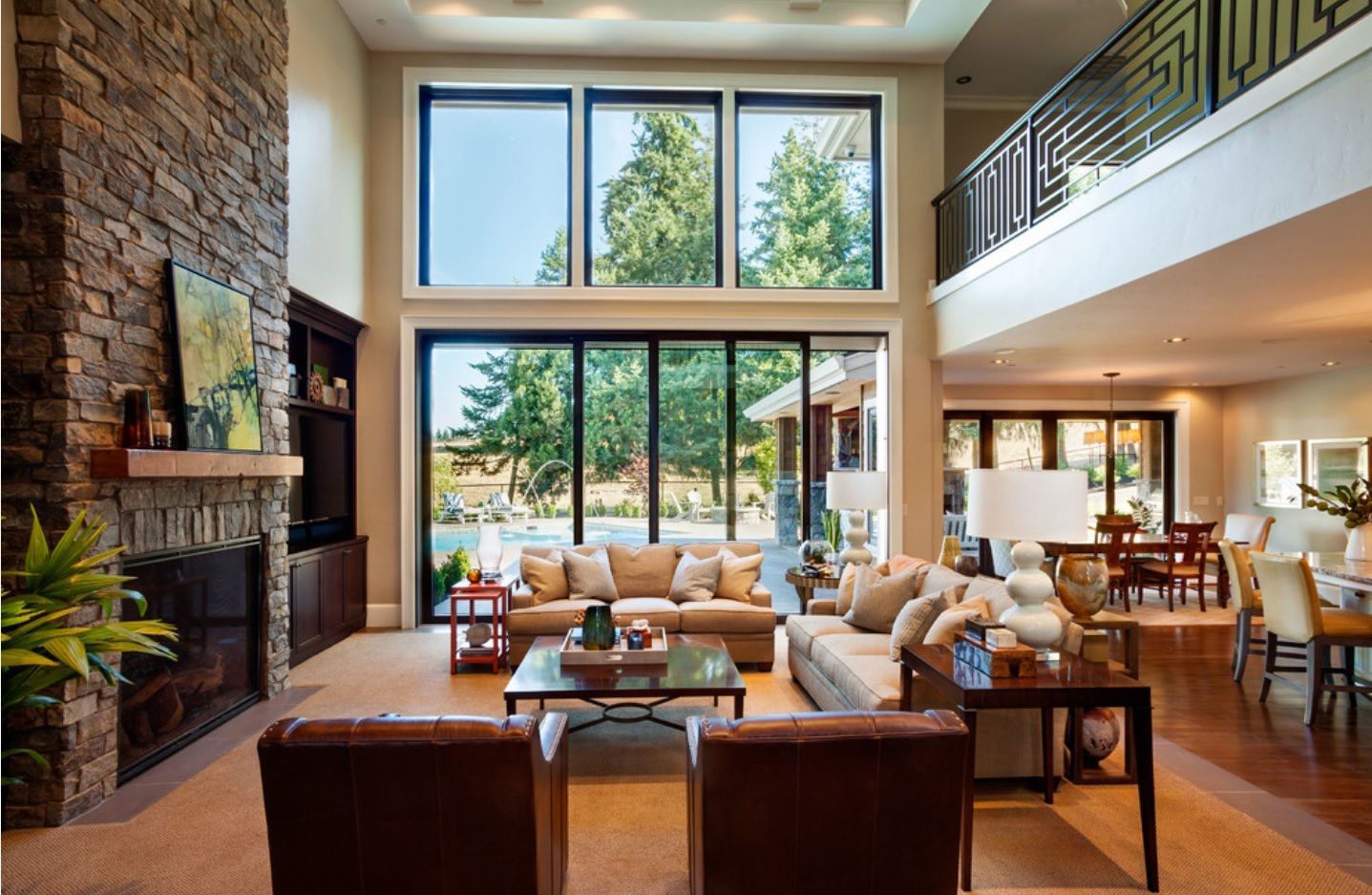

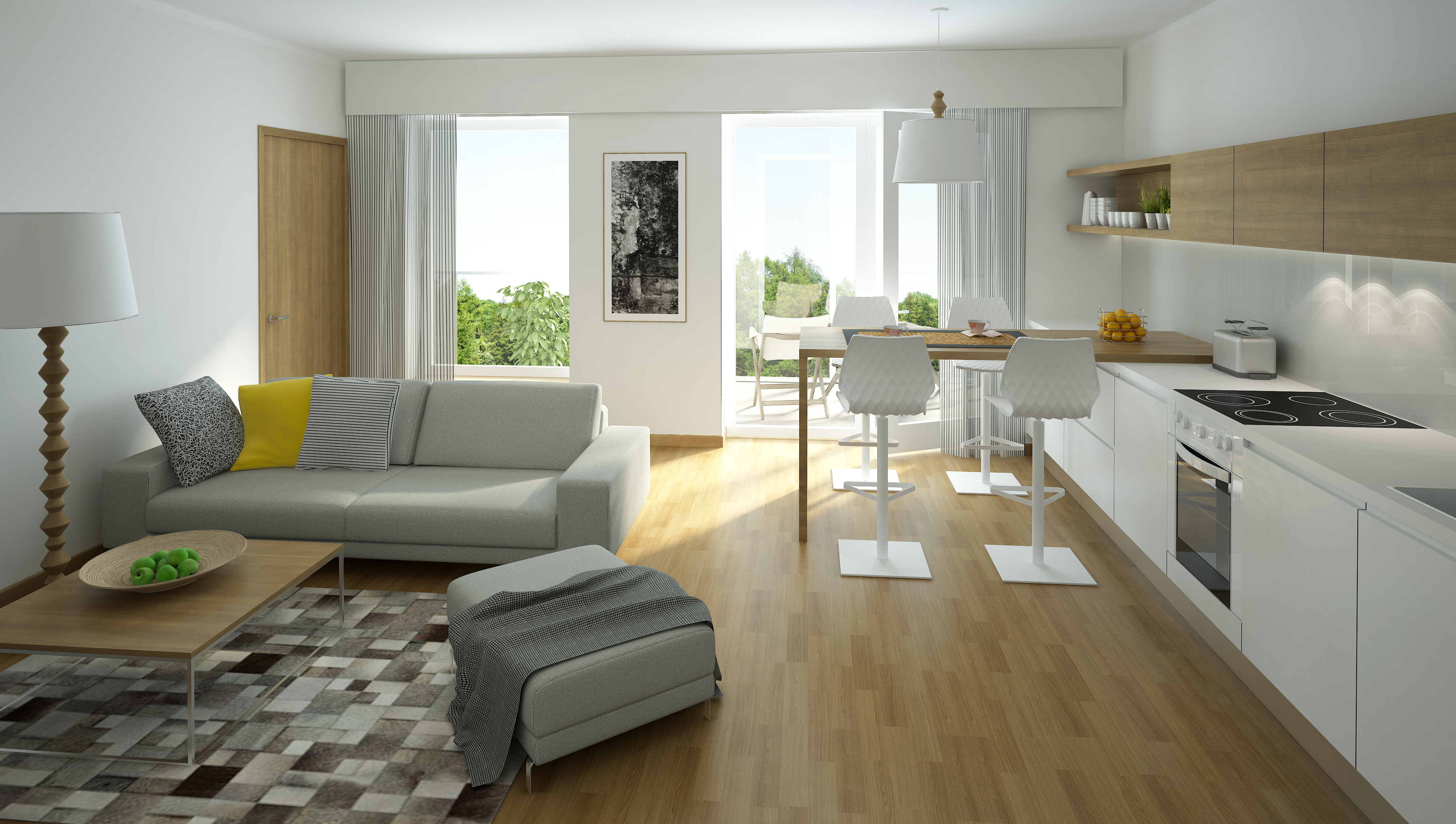

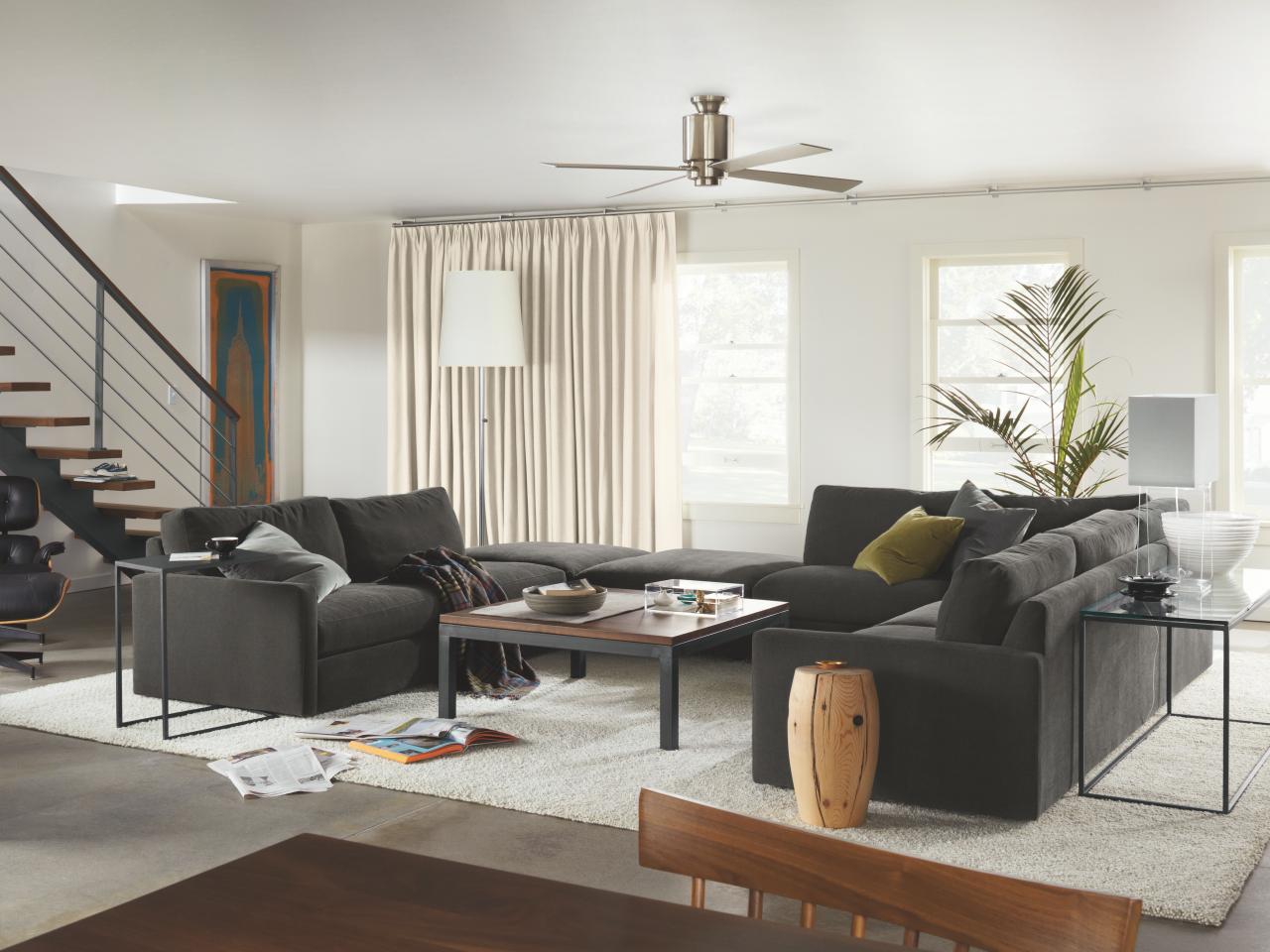
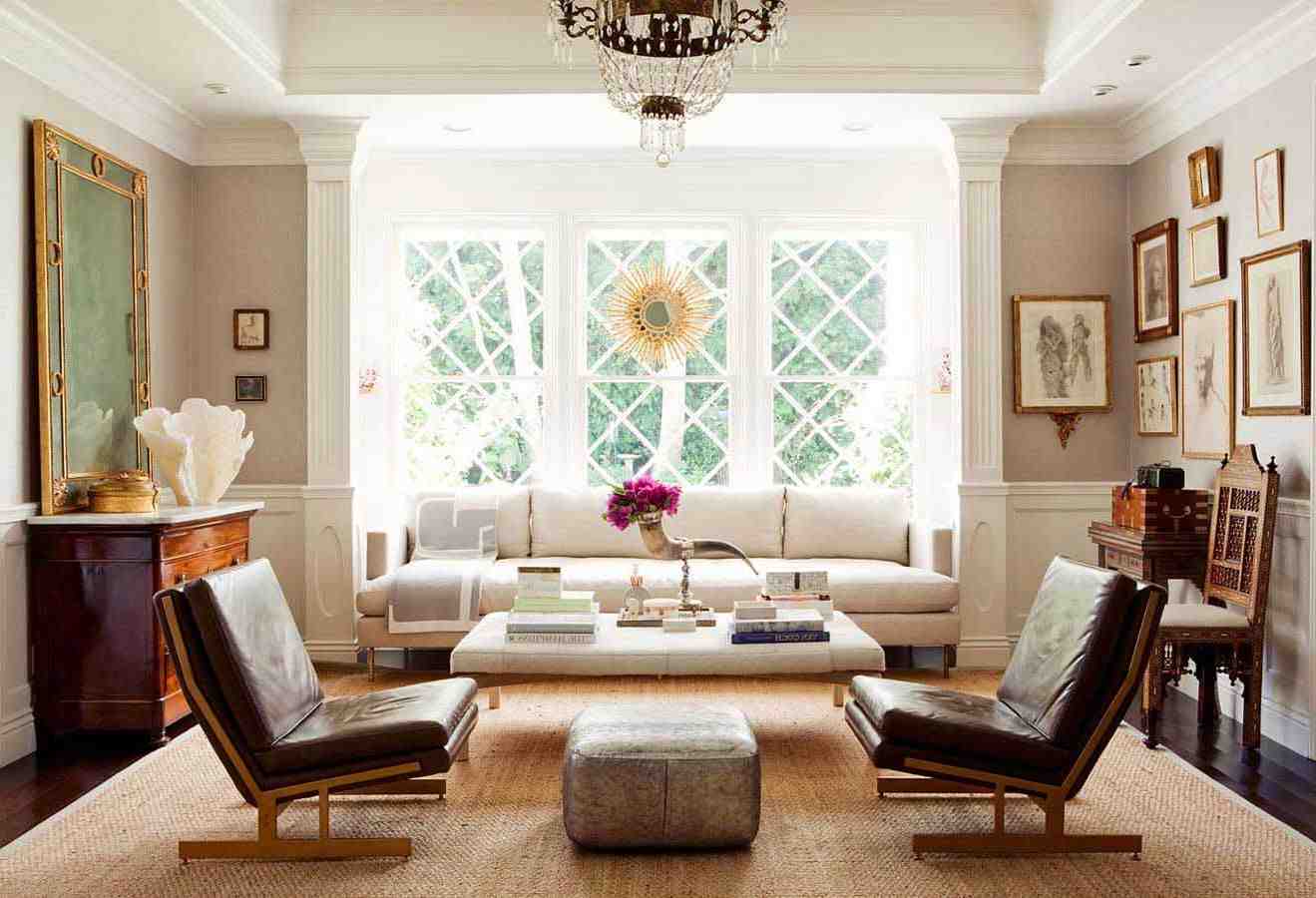


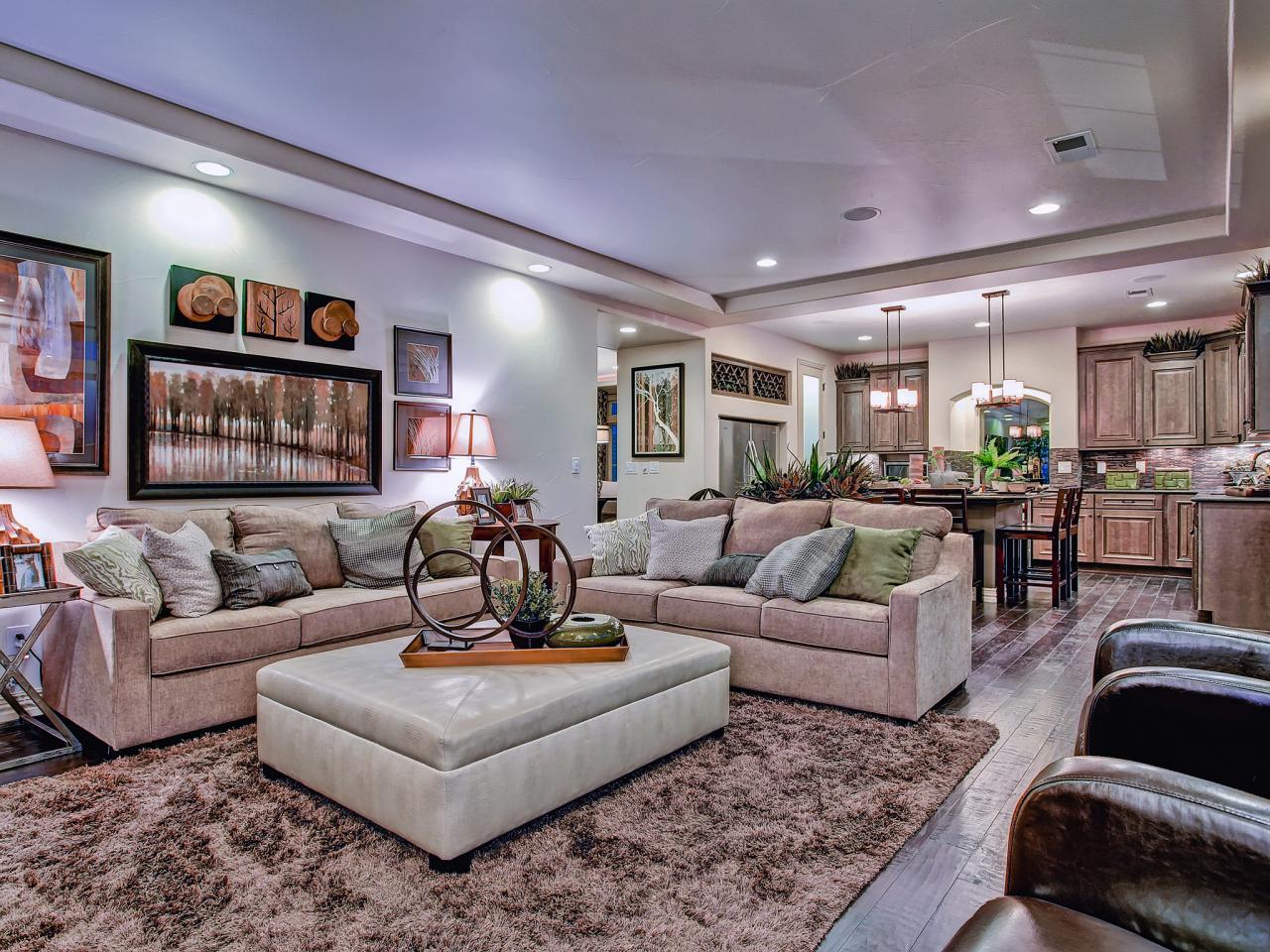
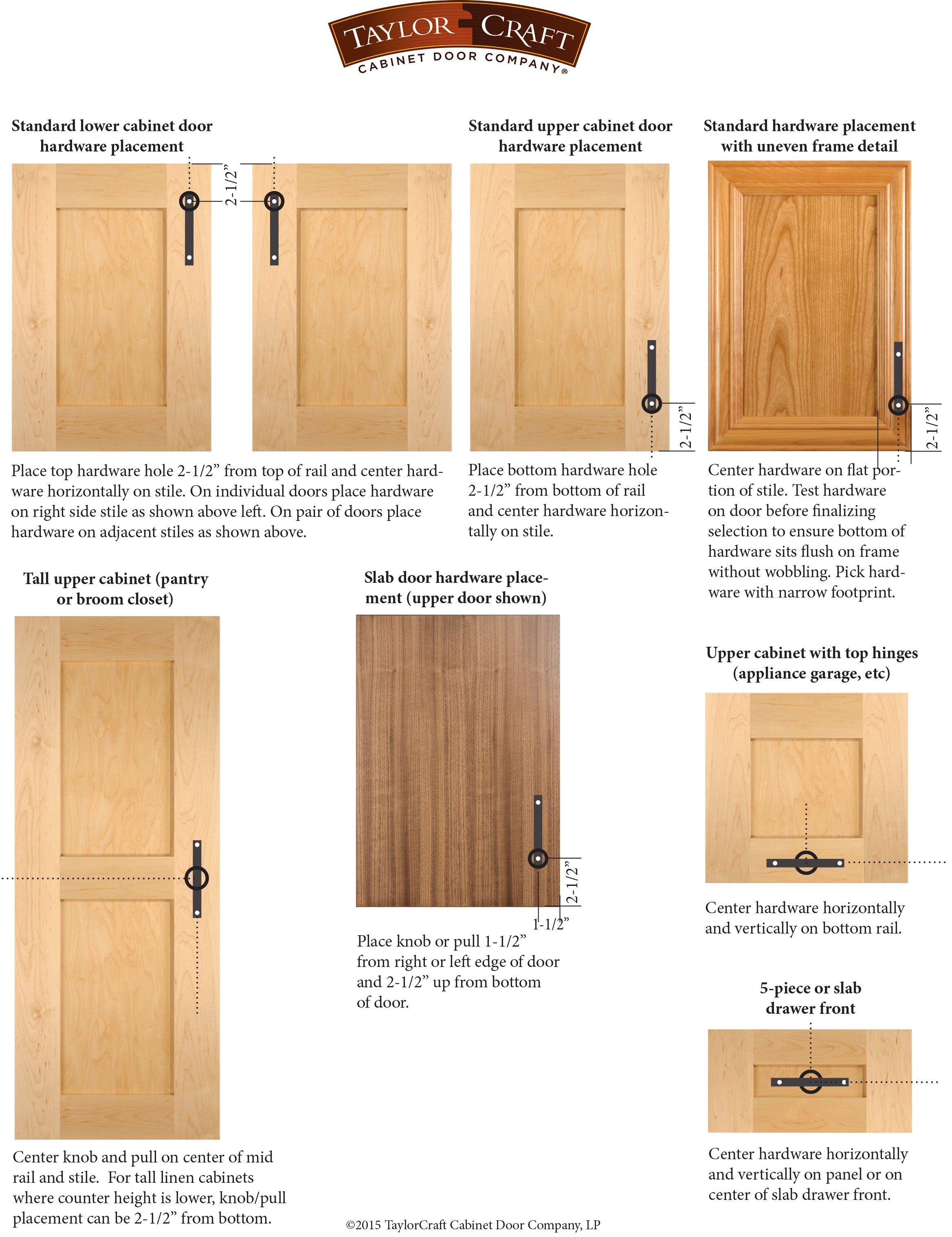
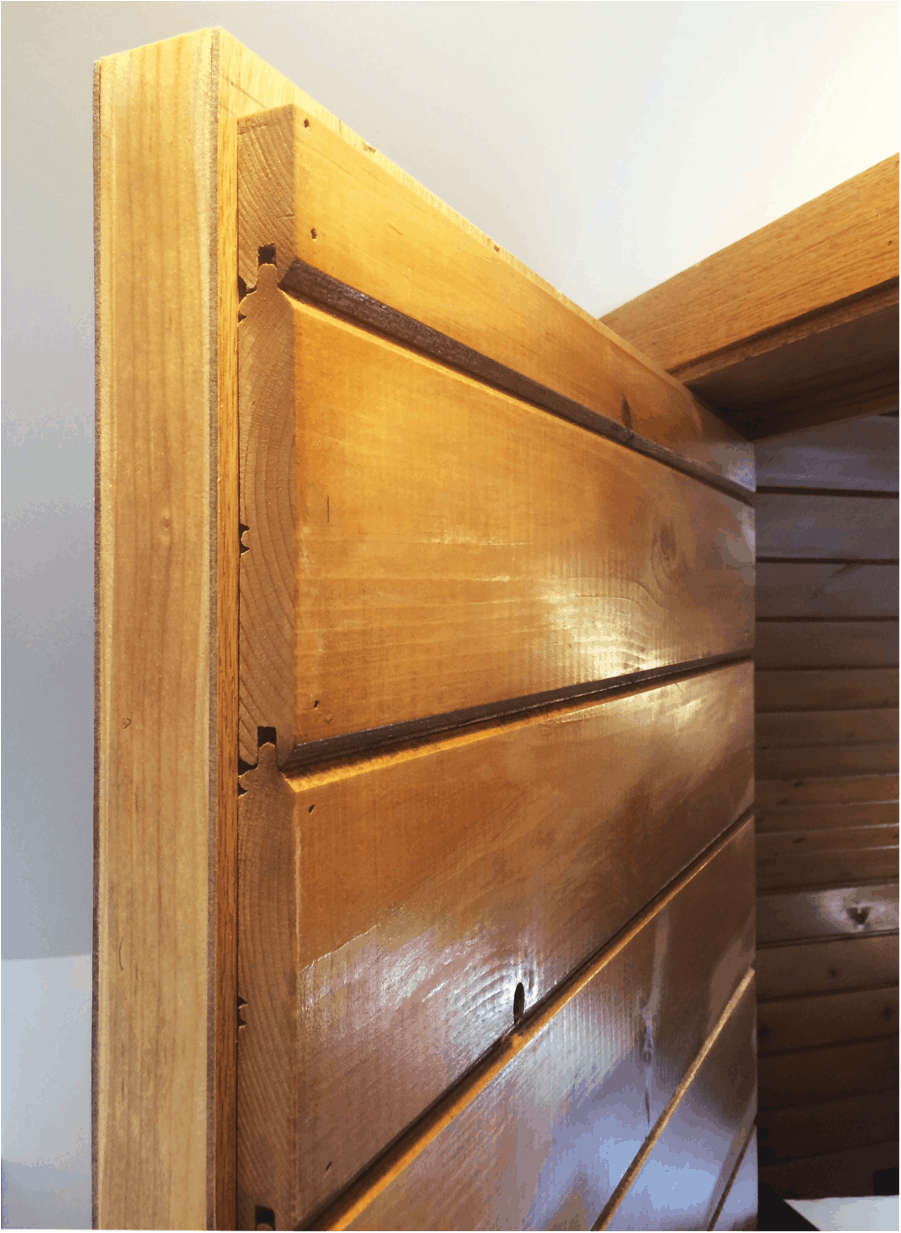

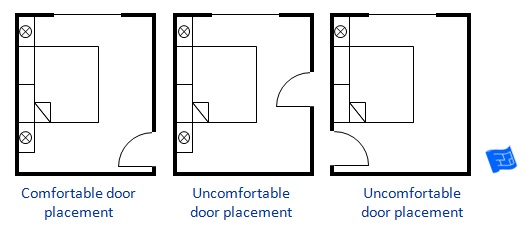



/tips-for-a-bed-aligned-with-the-door-1274764_V7-a51033100e99493fa59d12f522411548.png)



